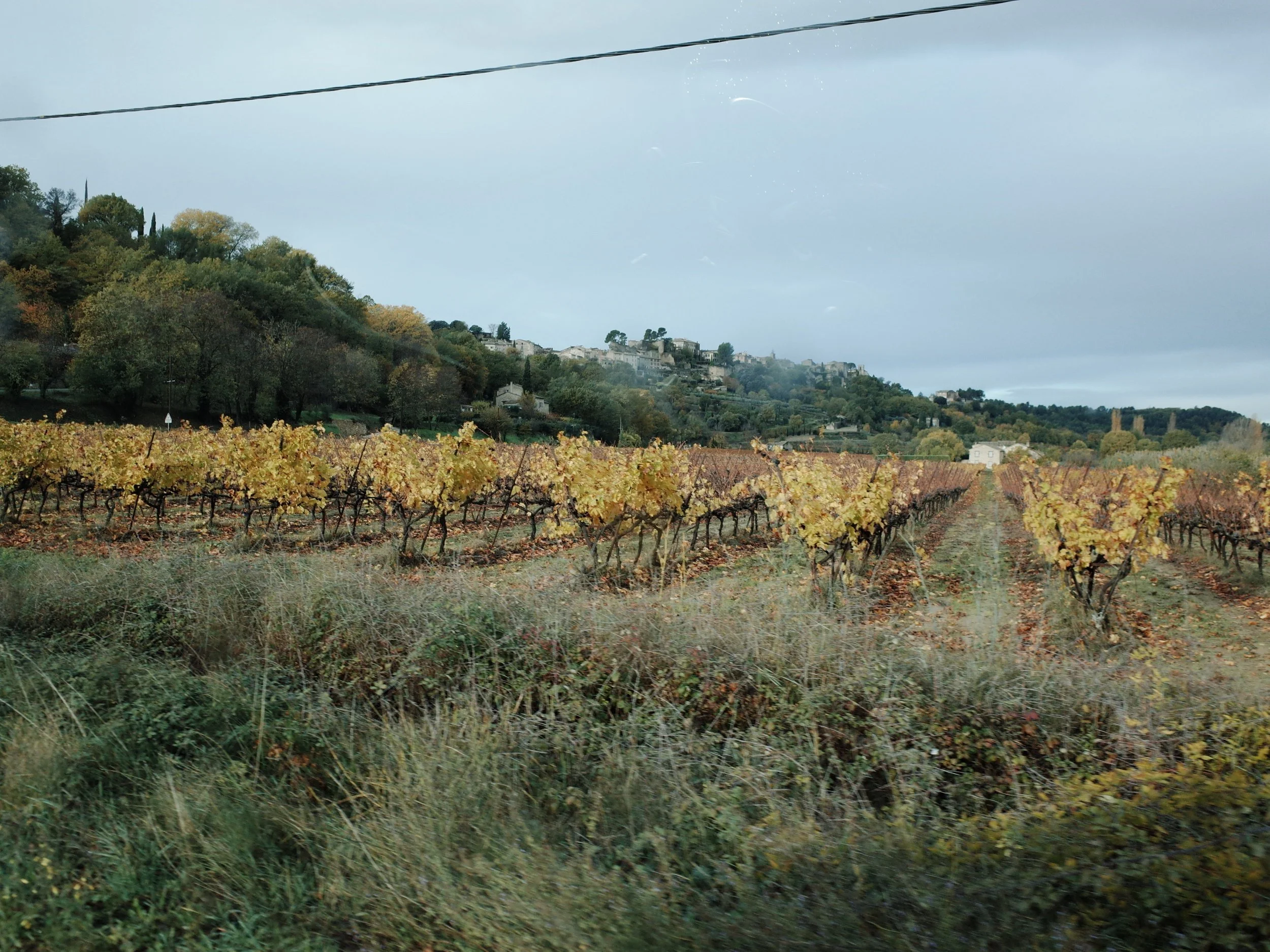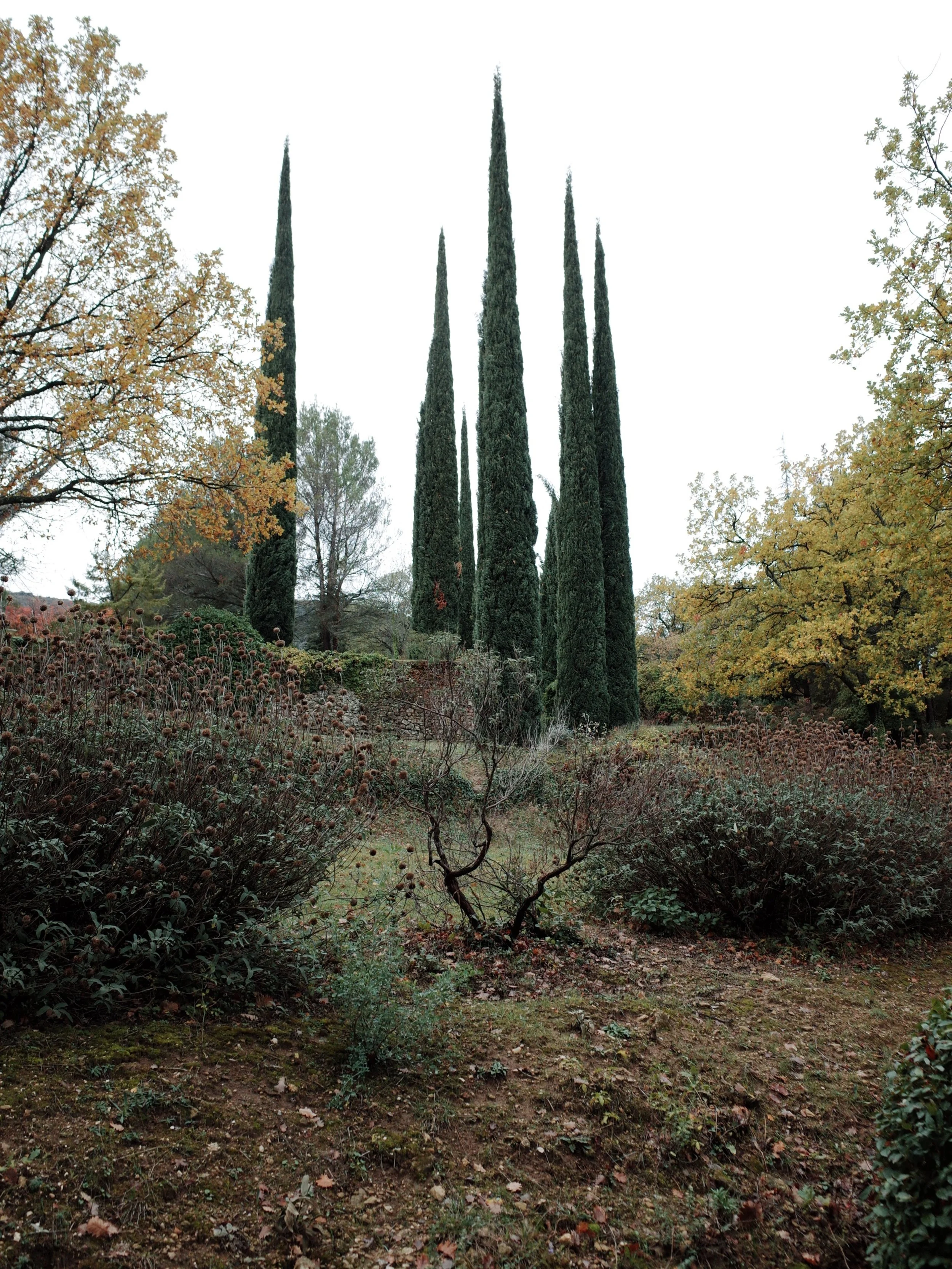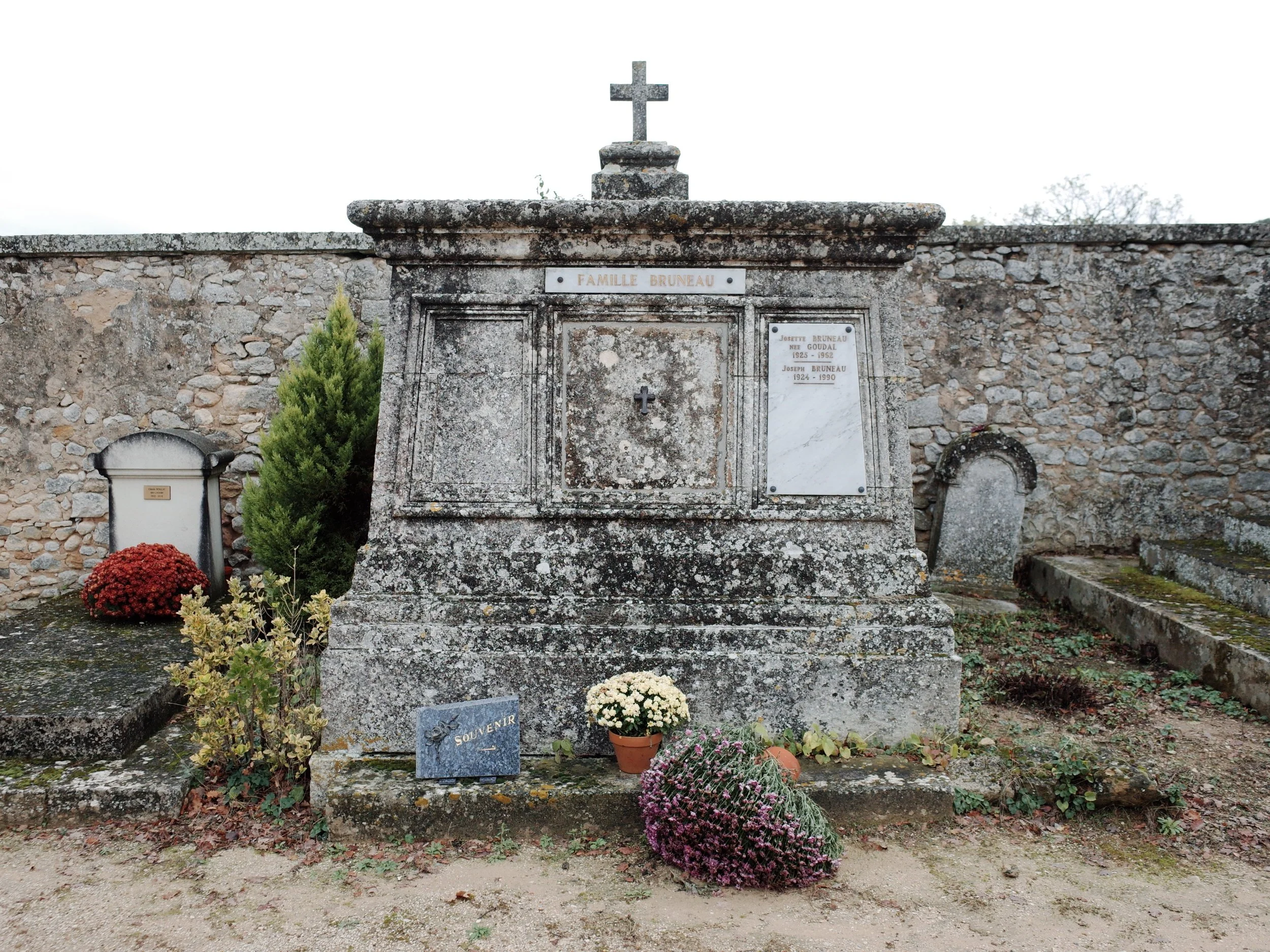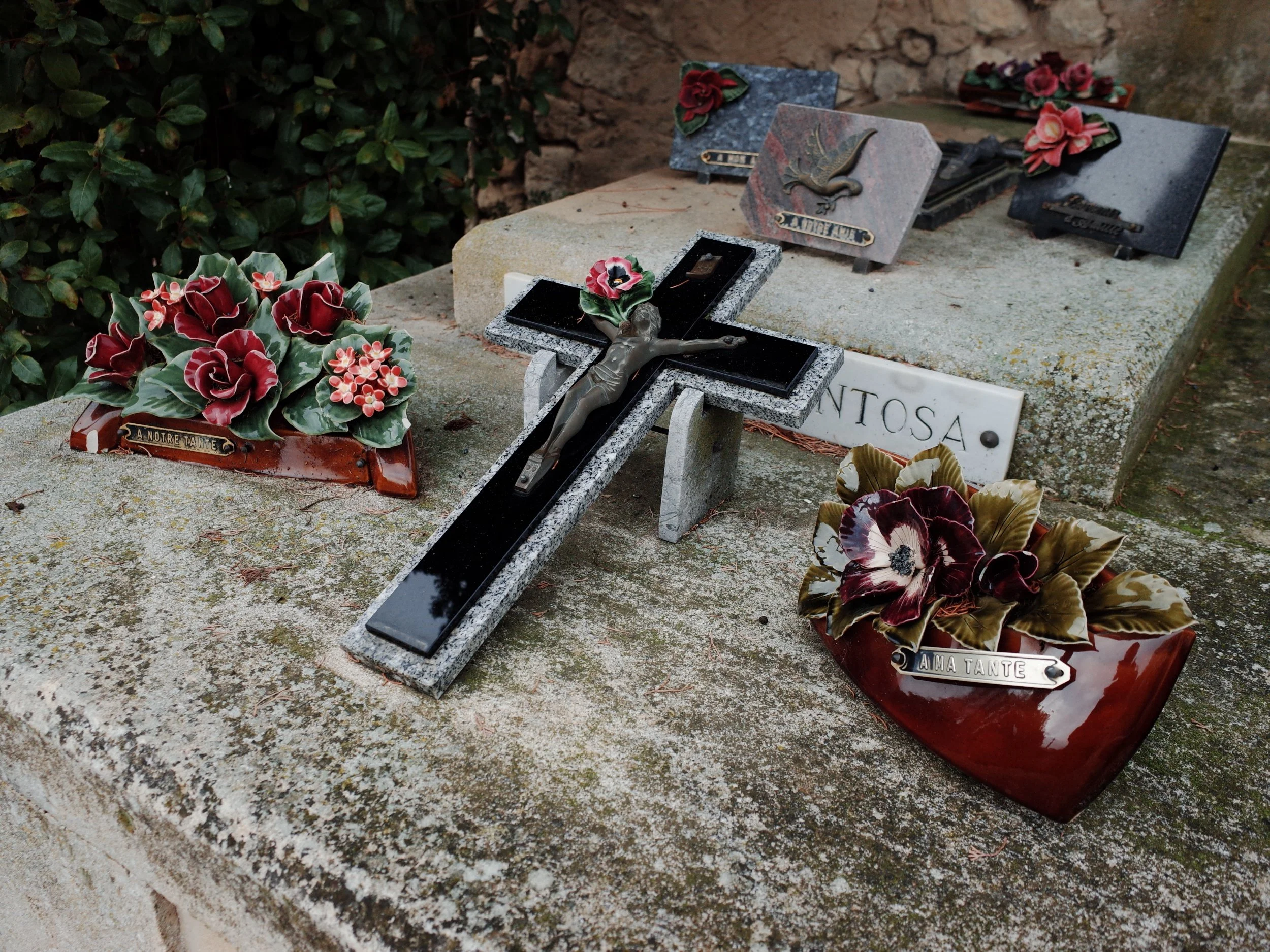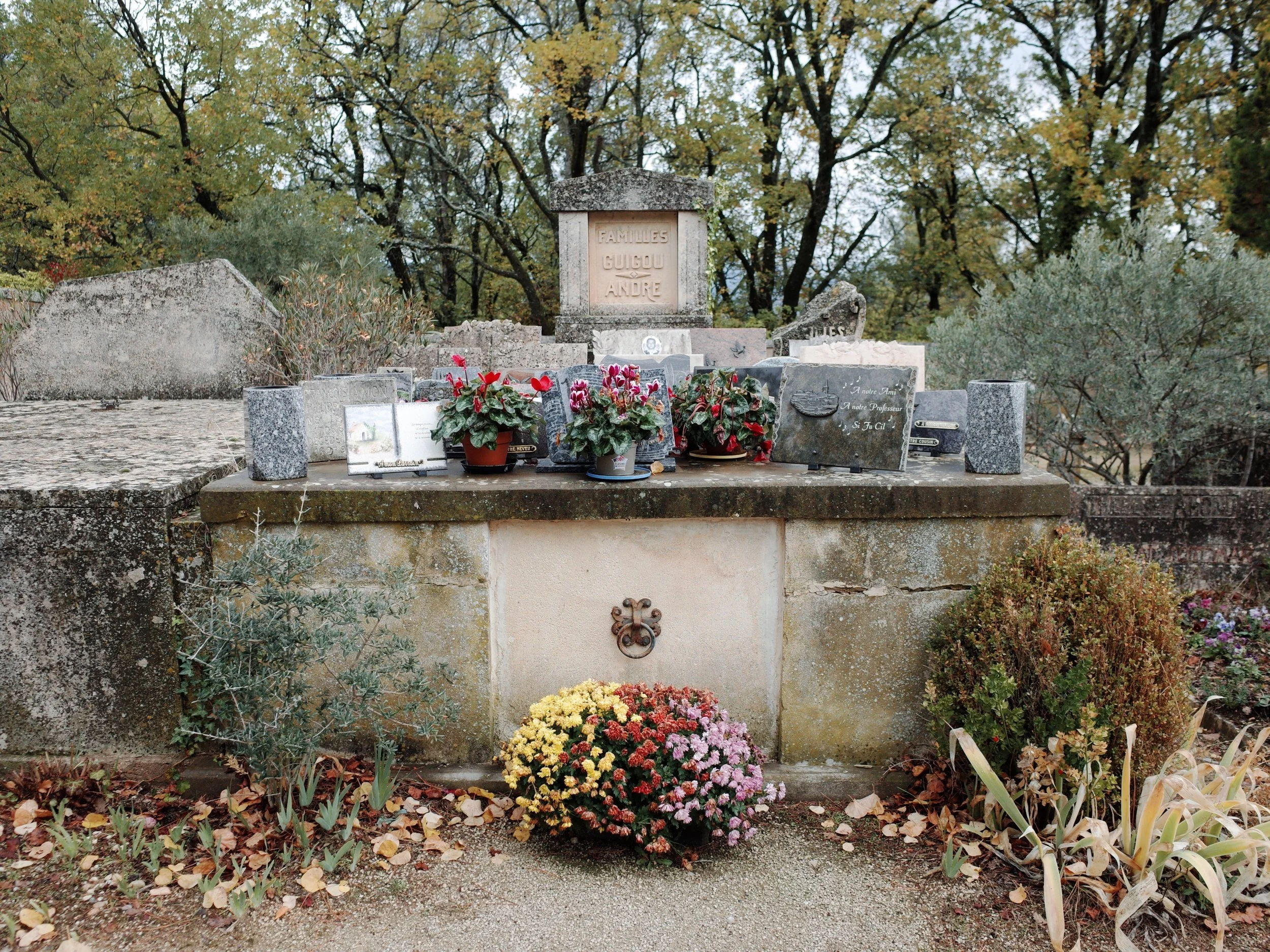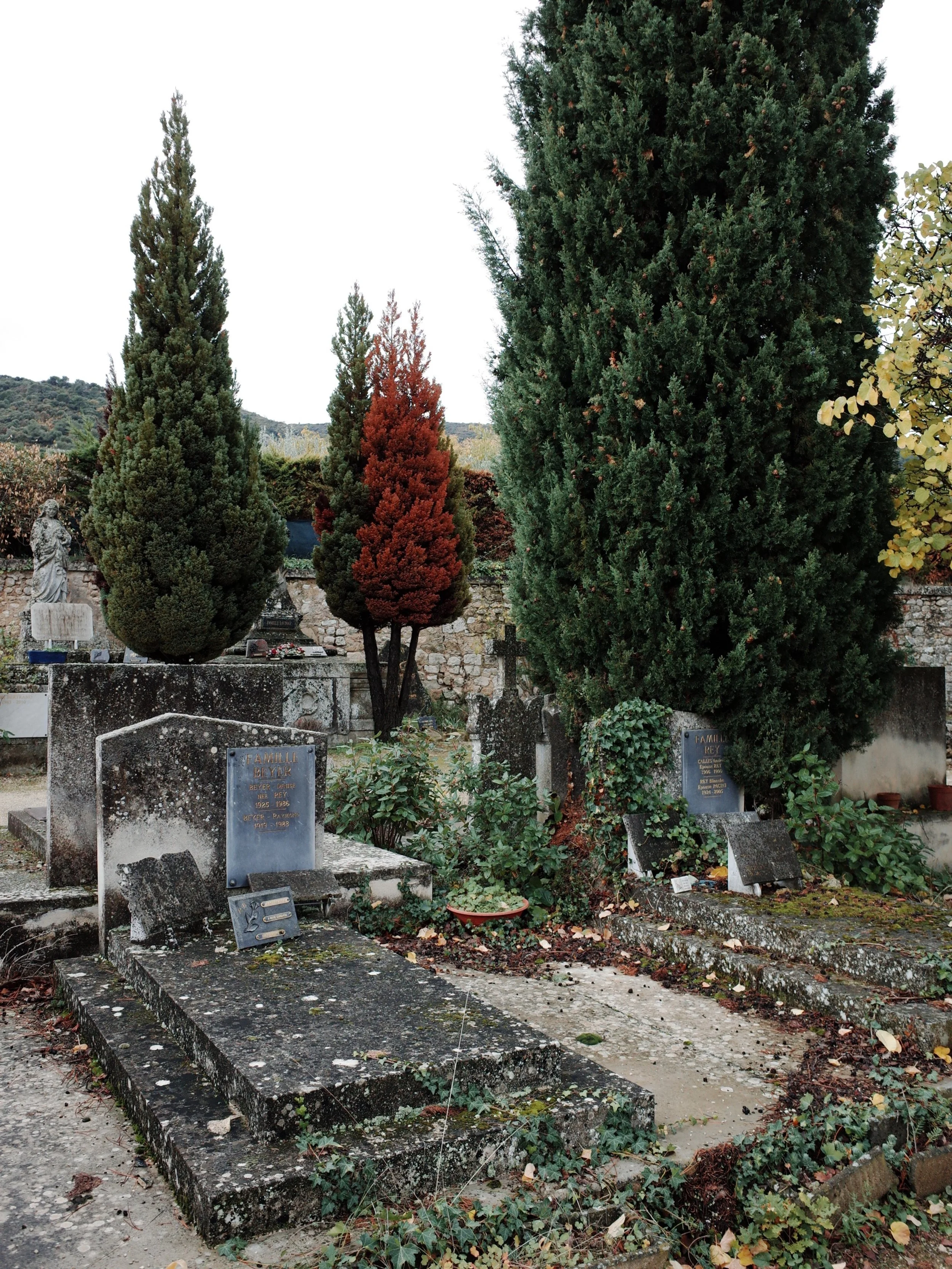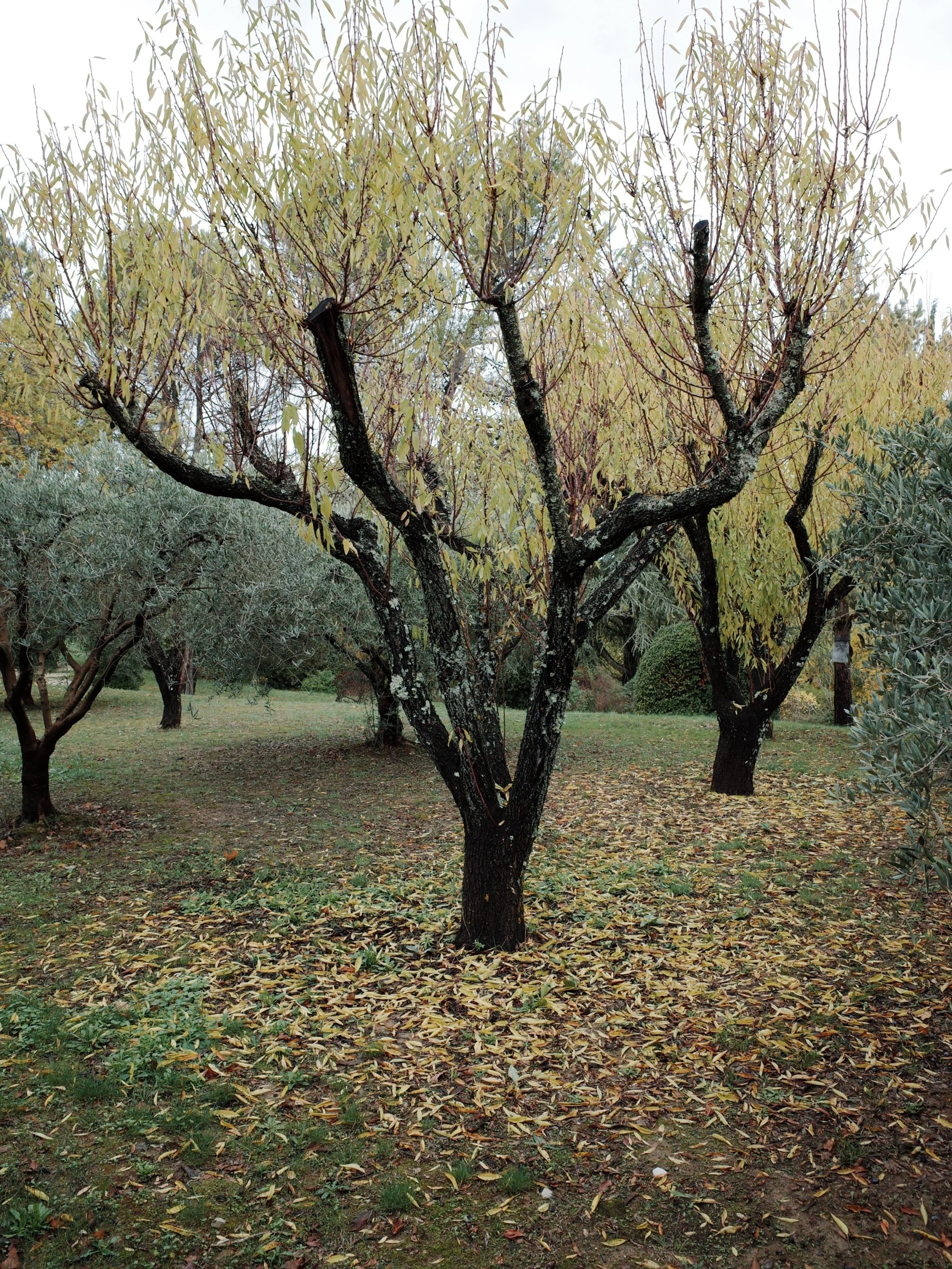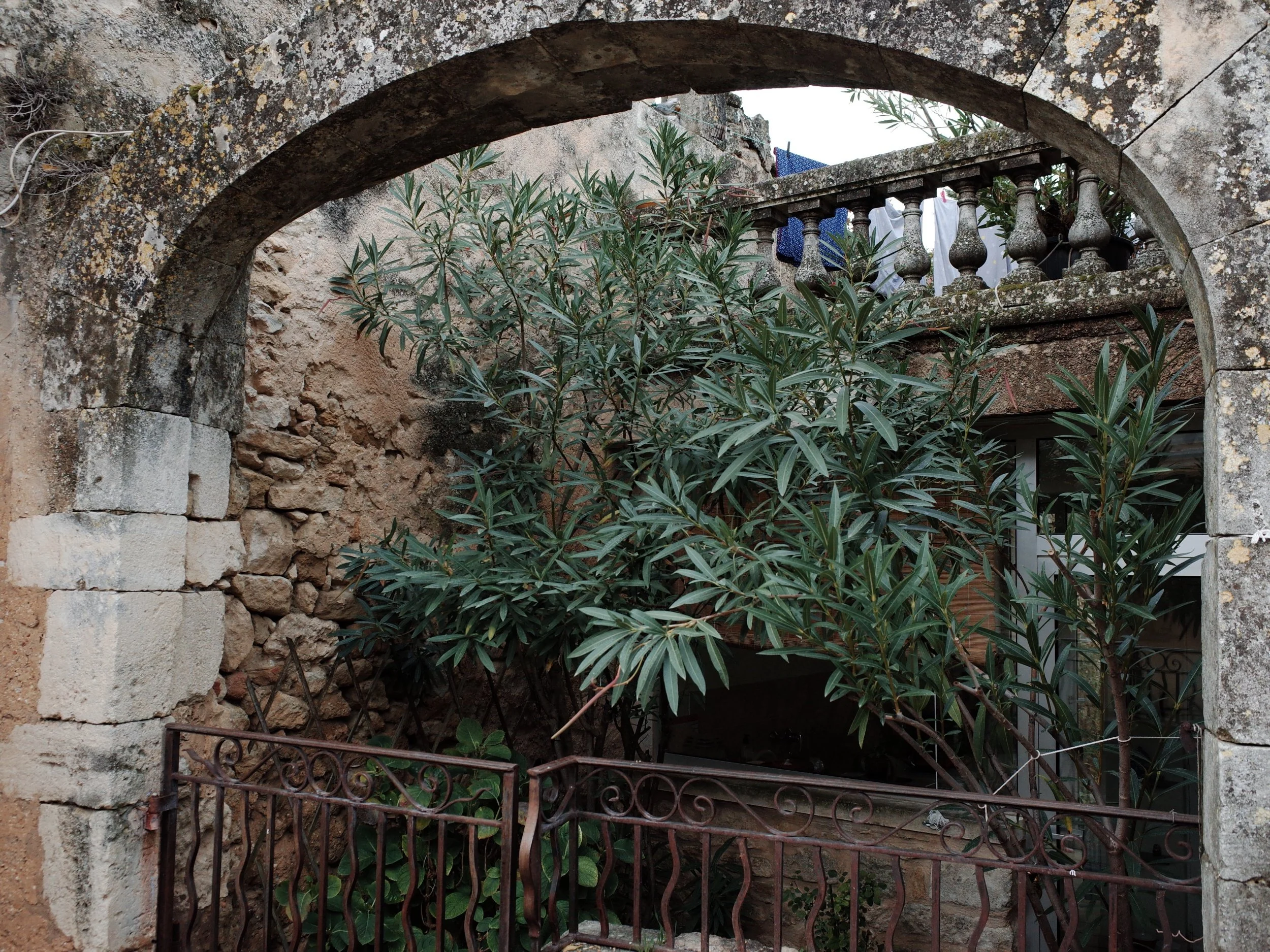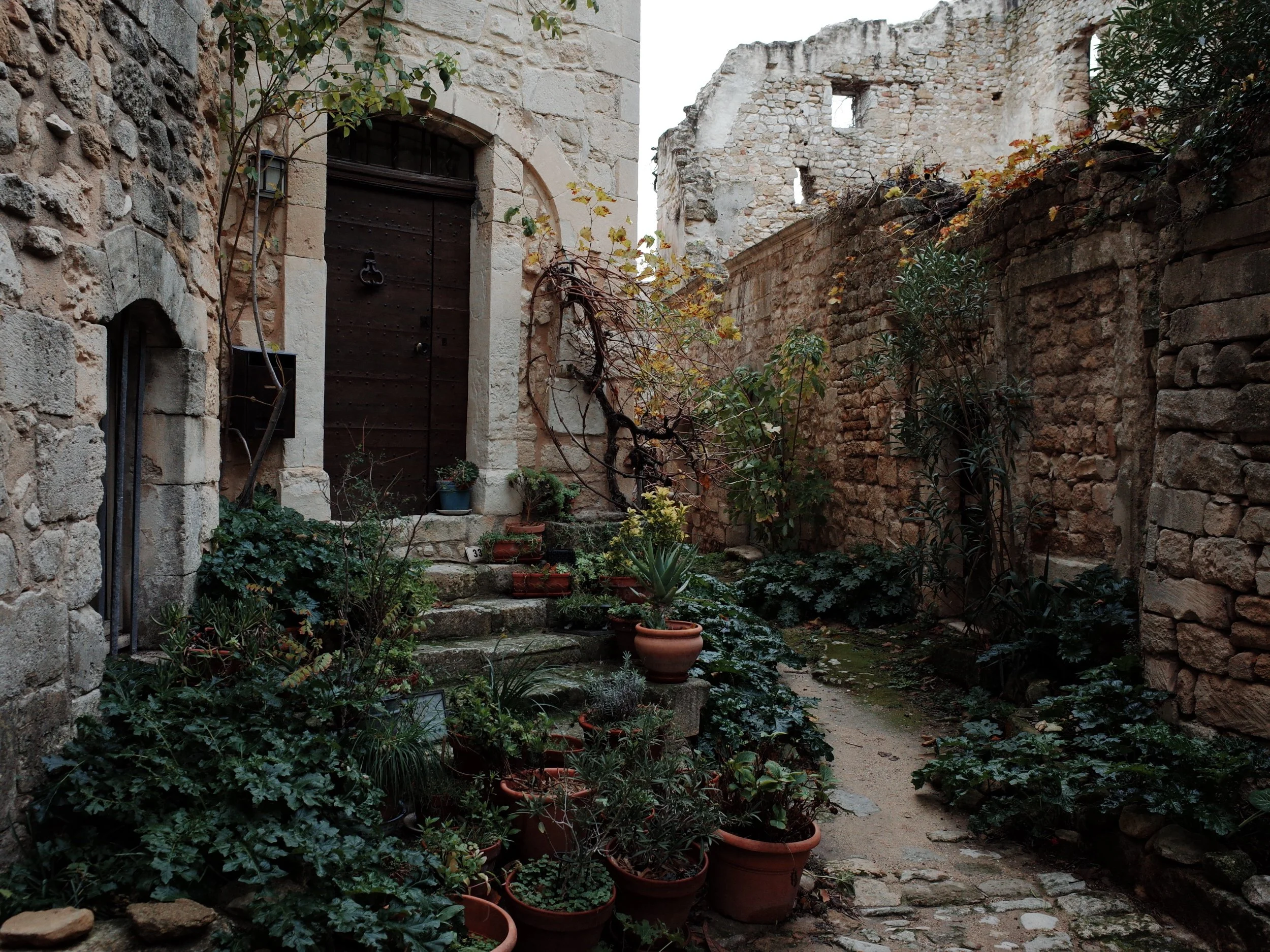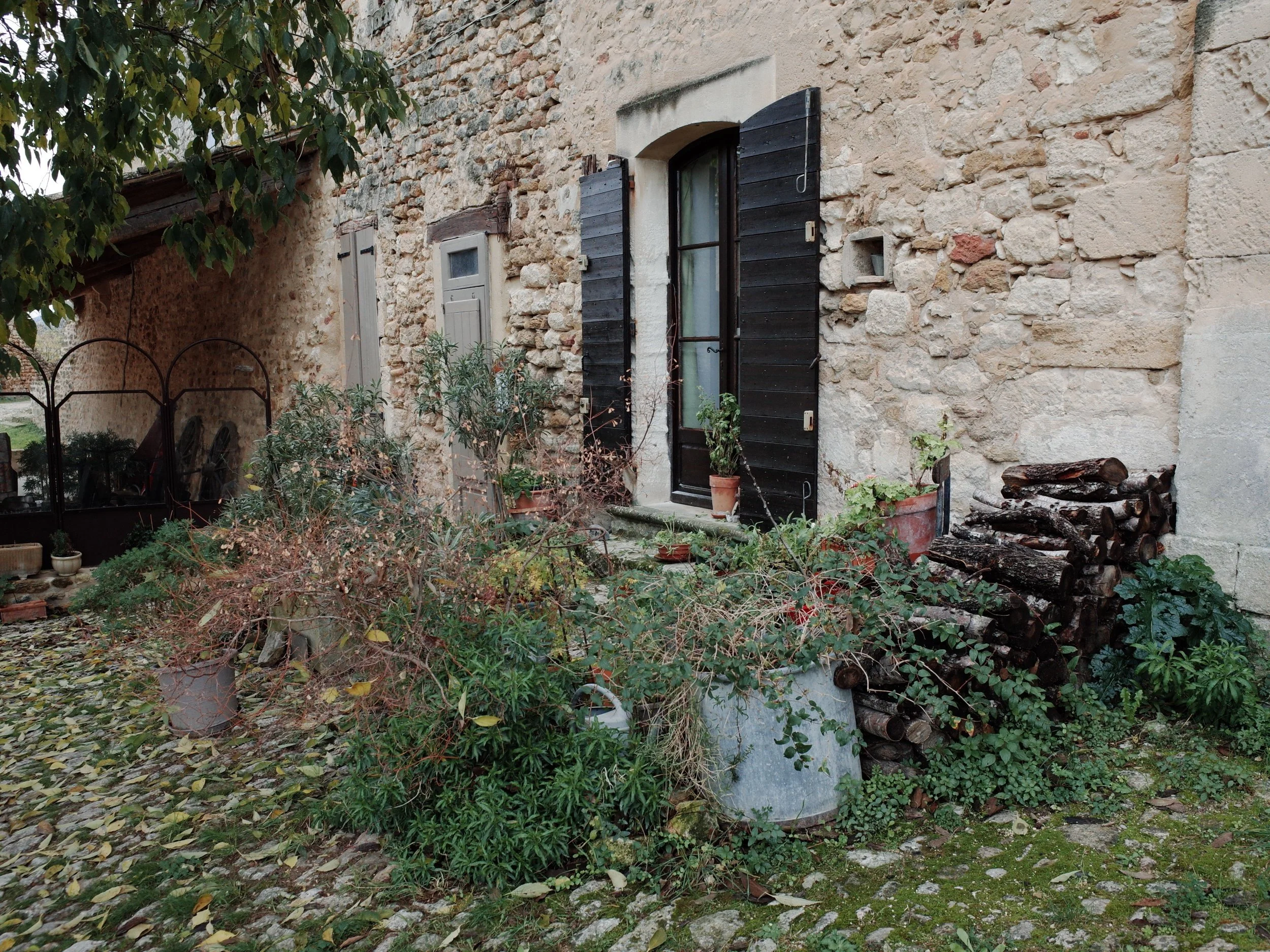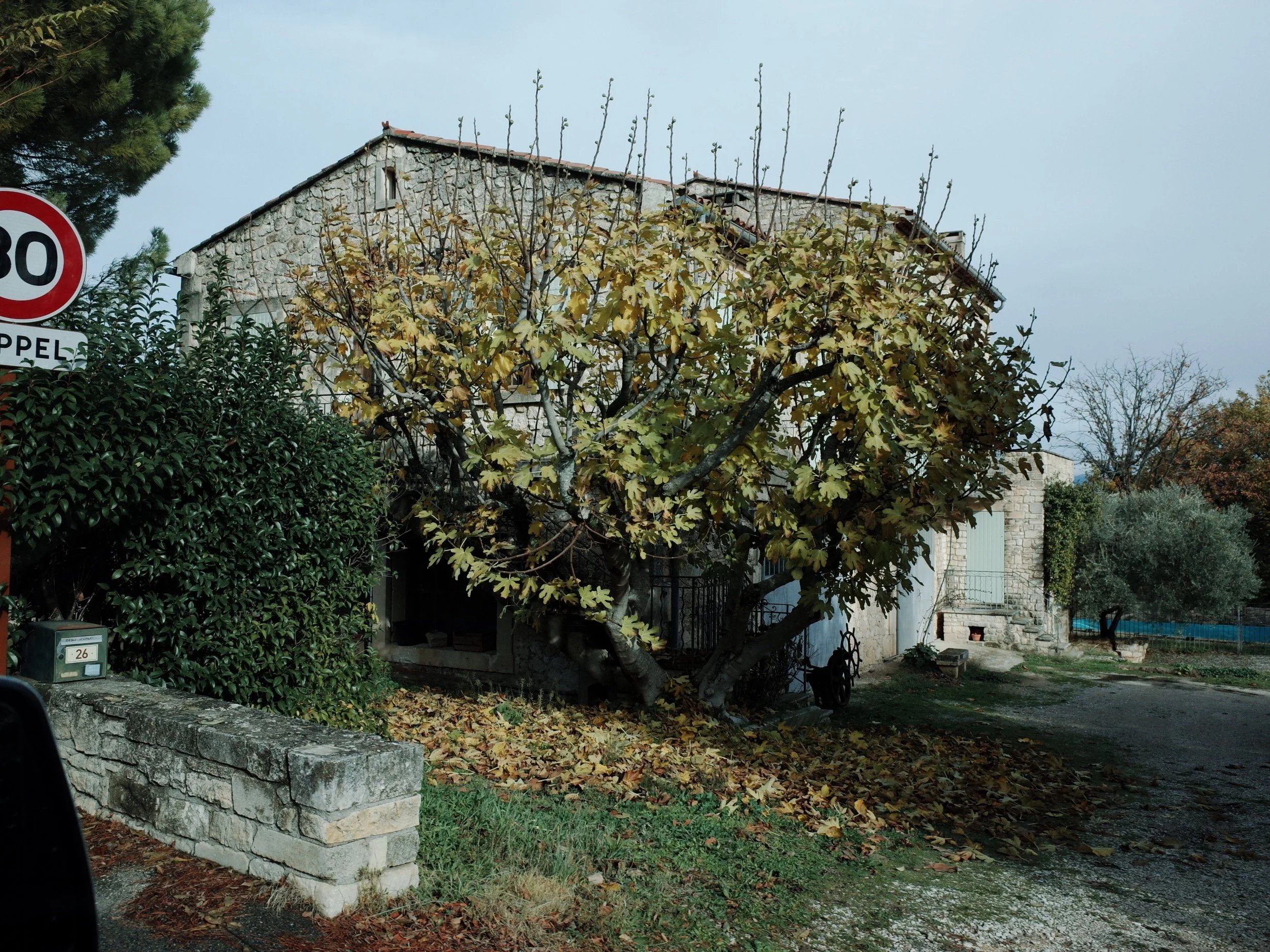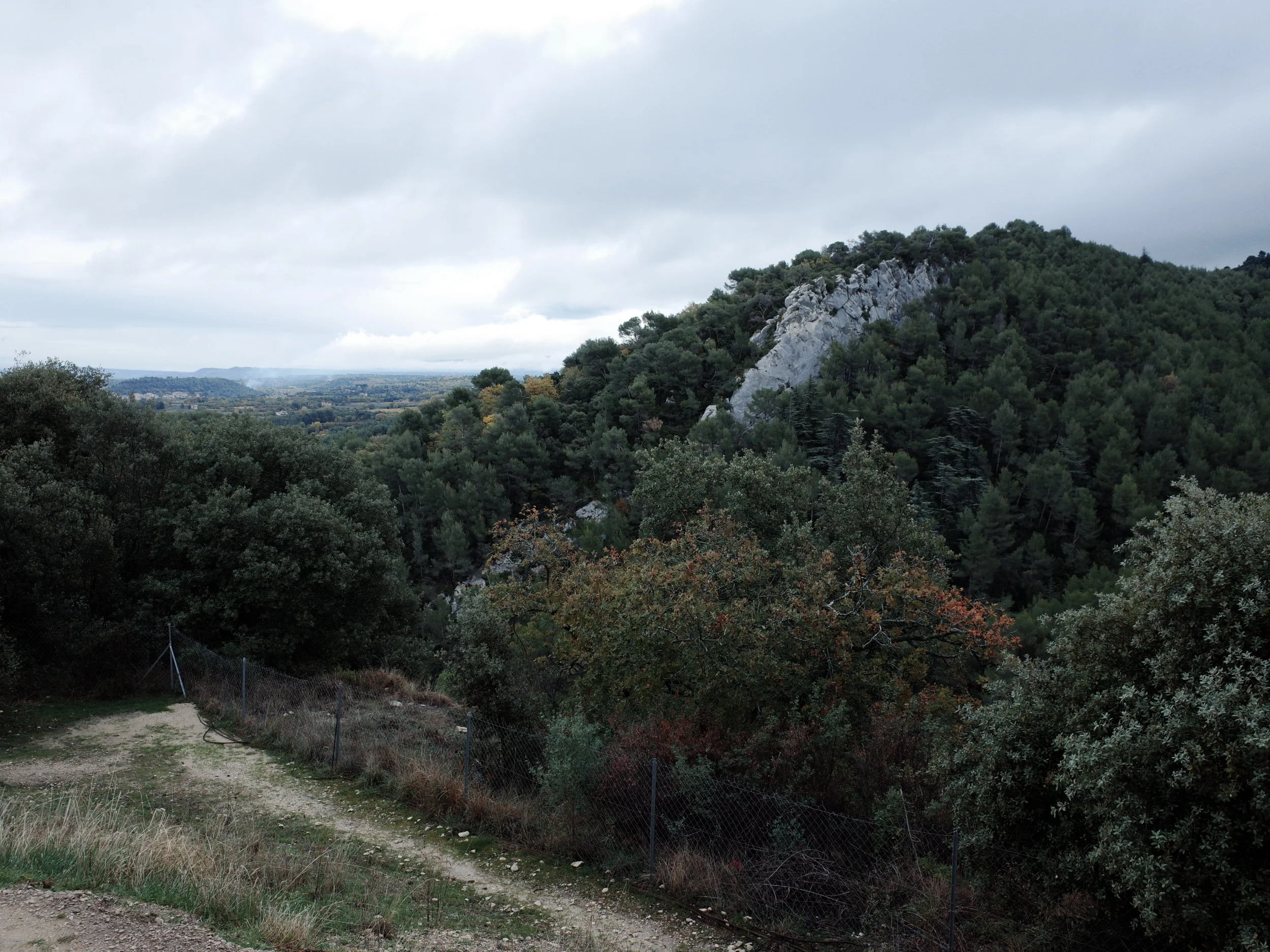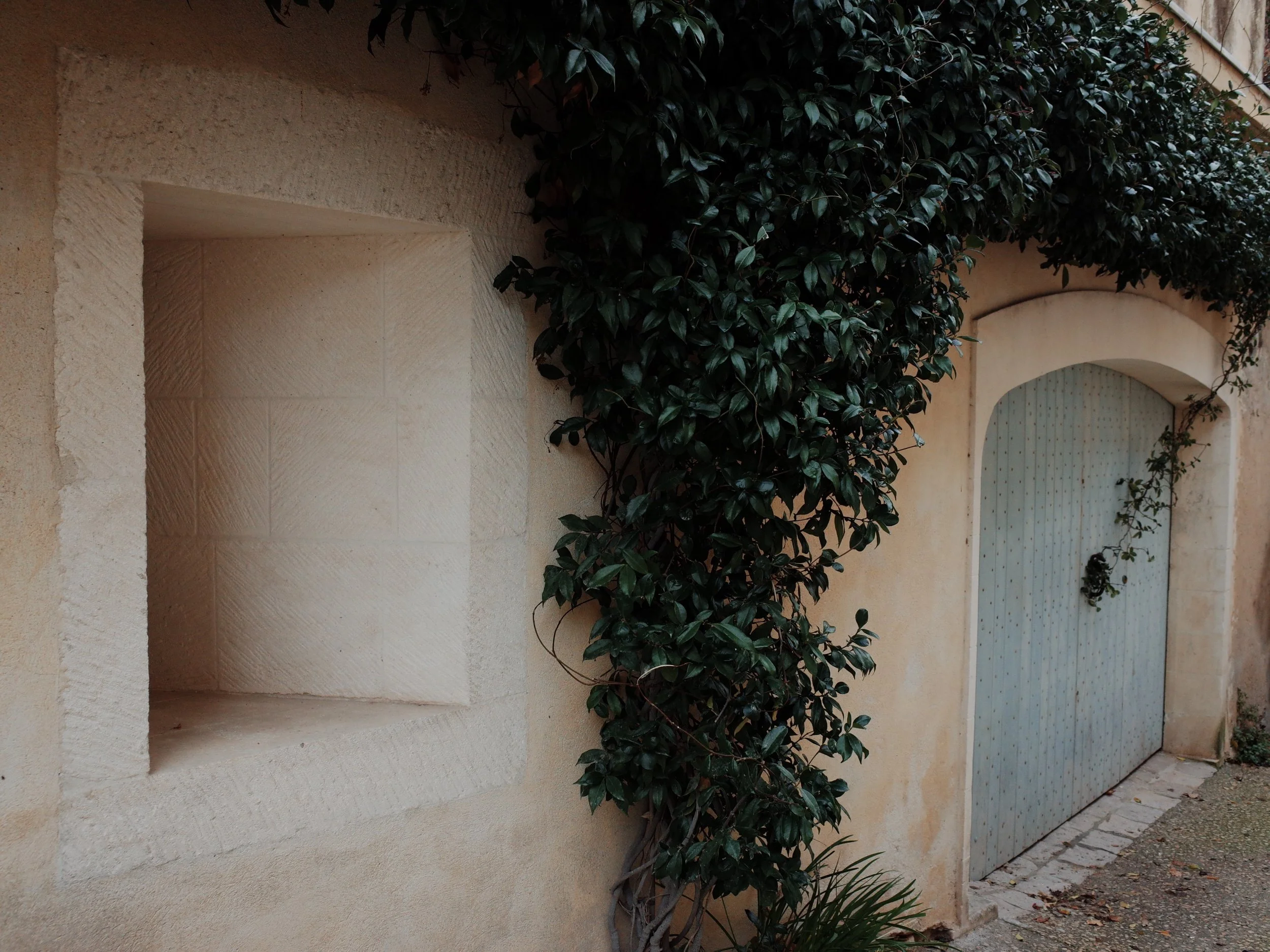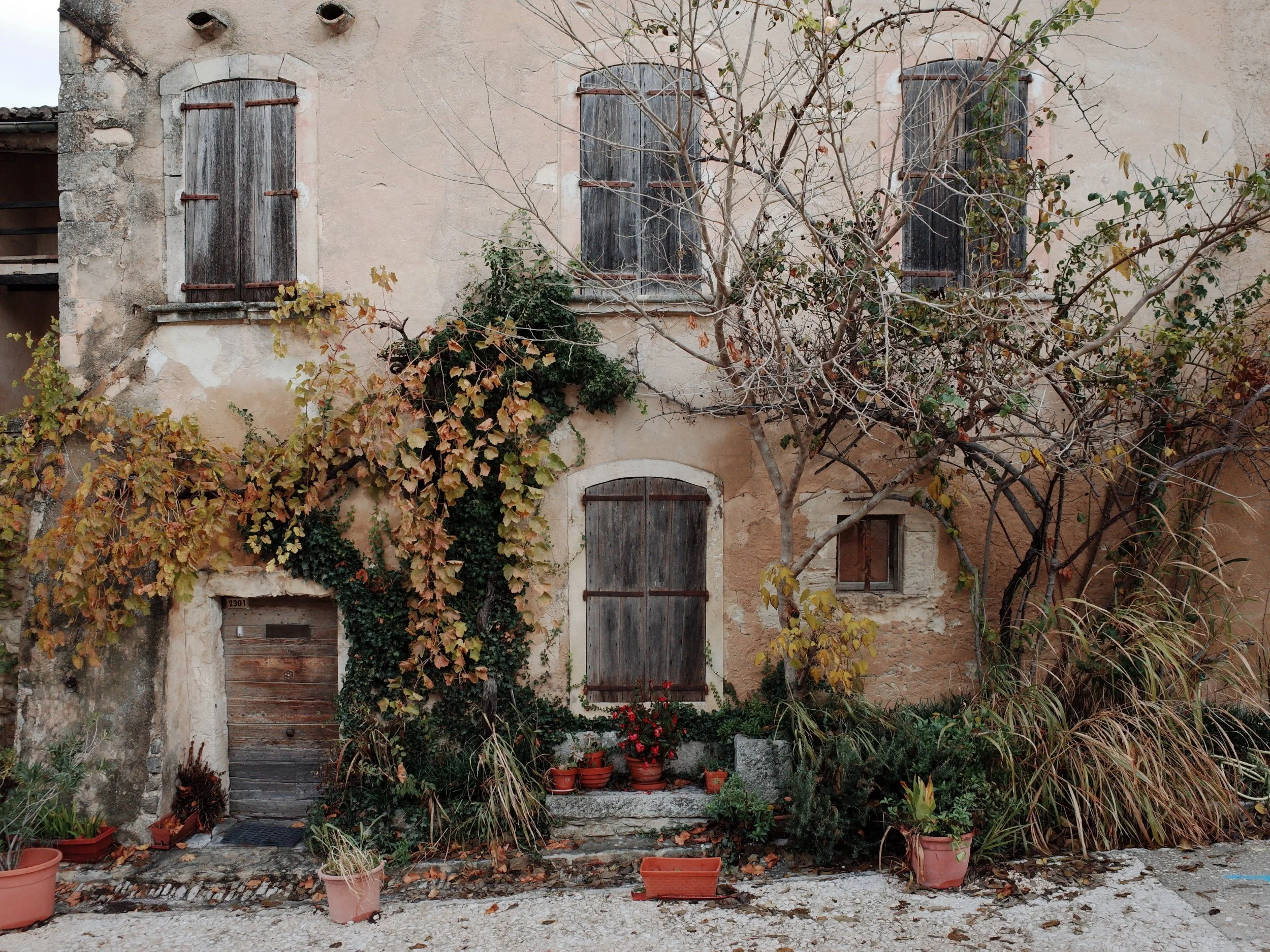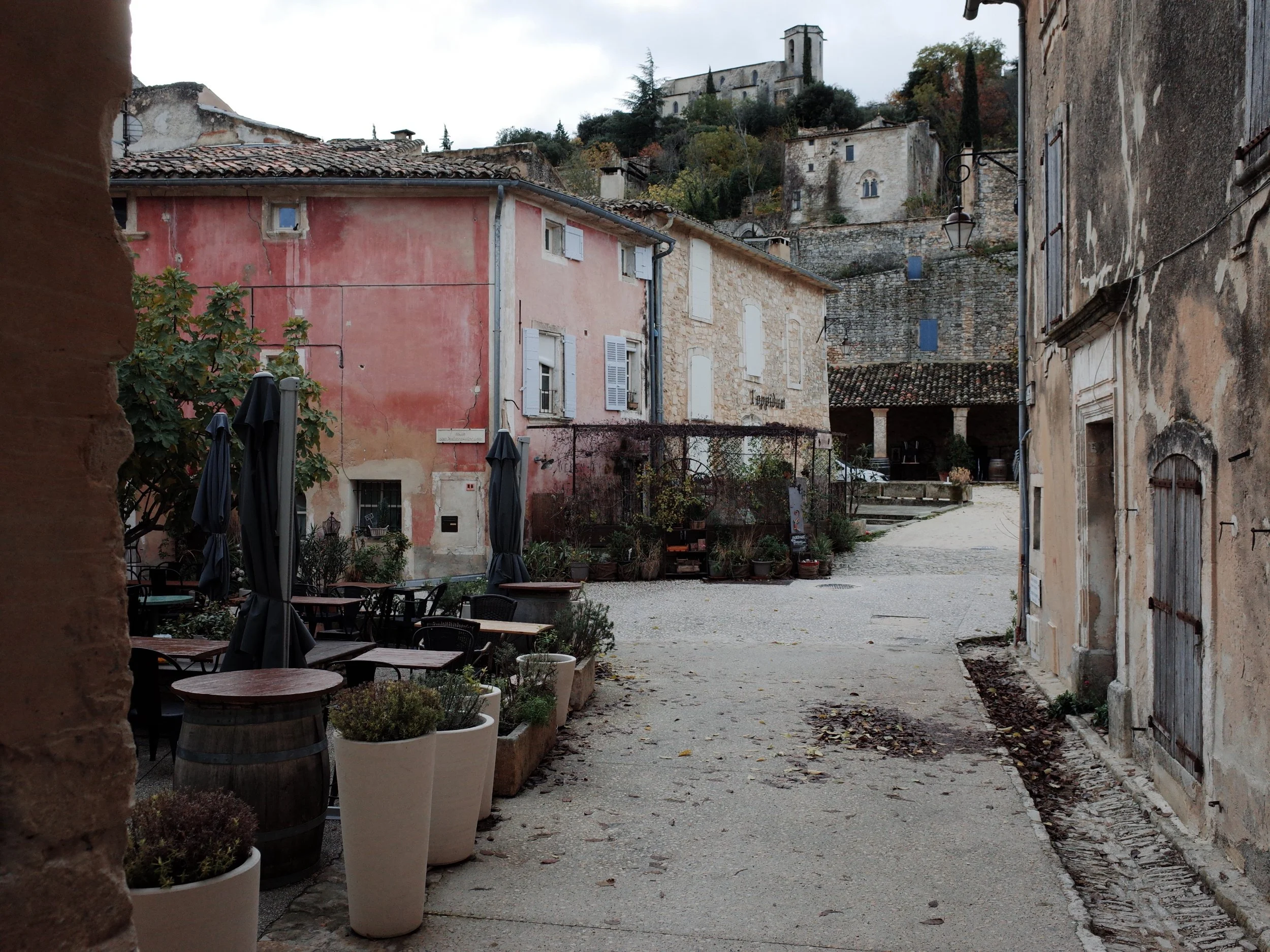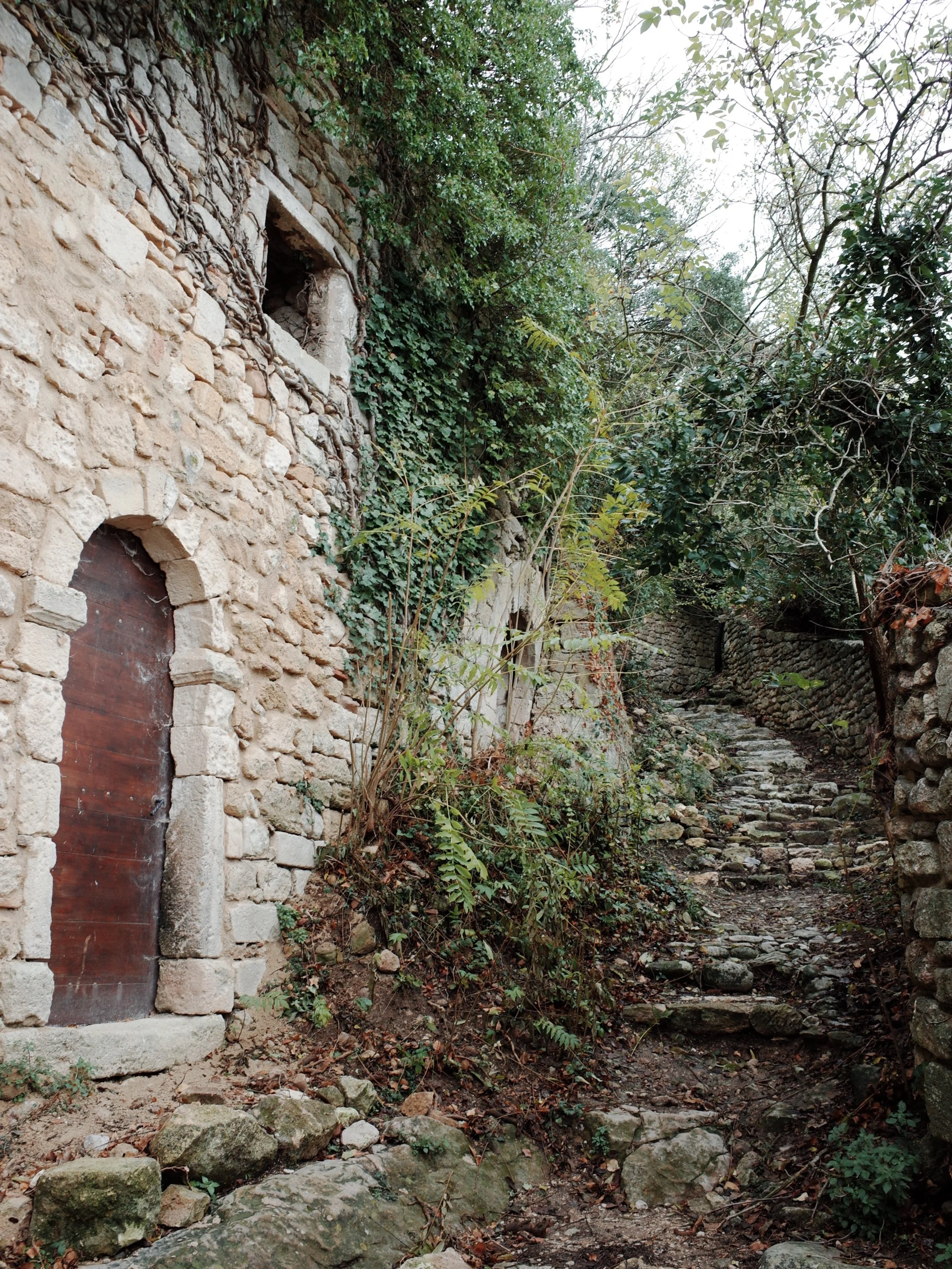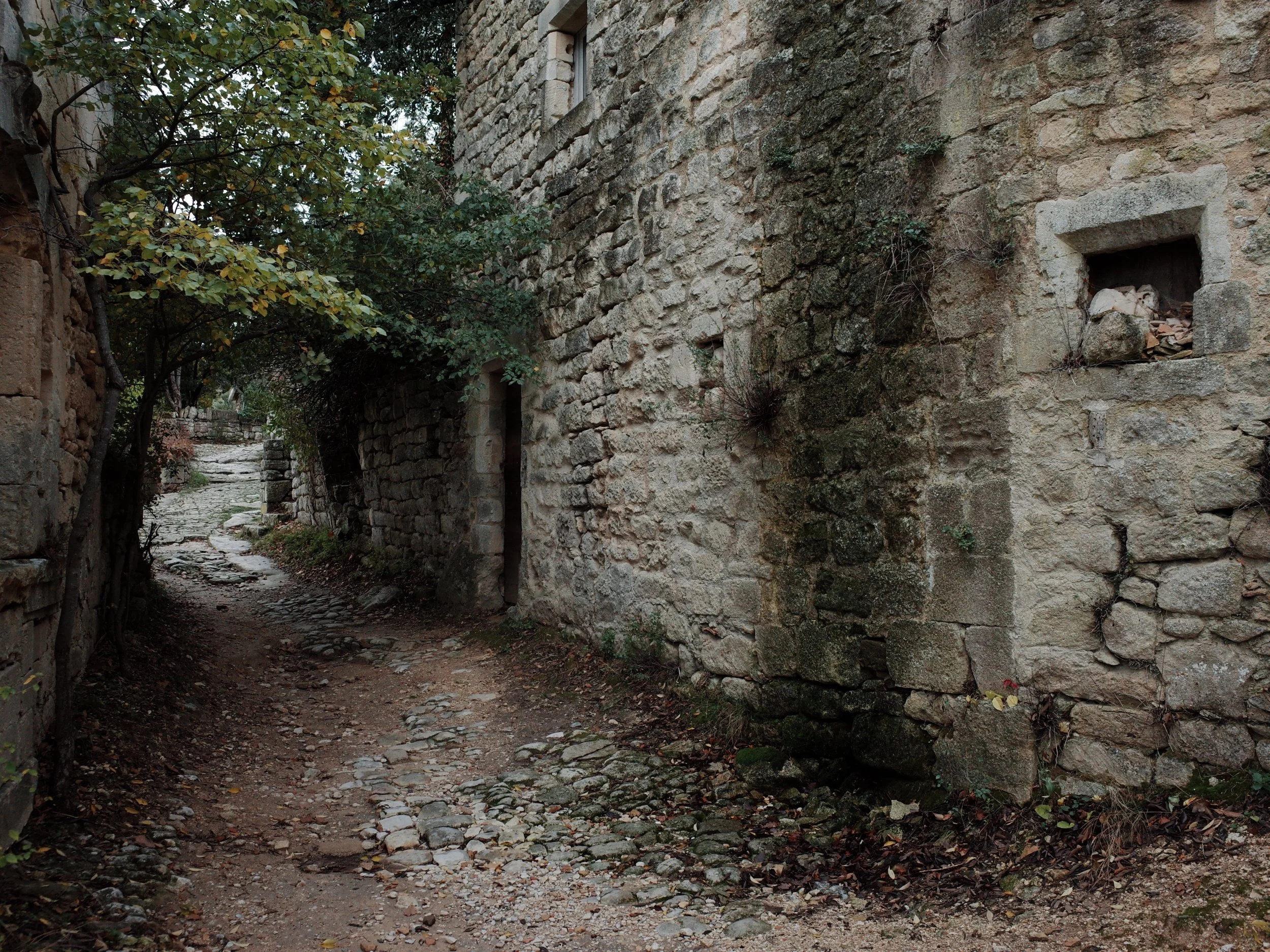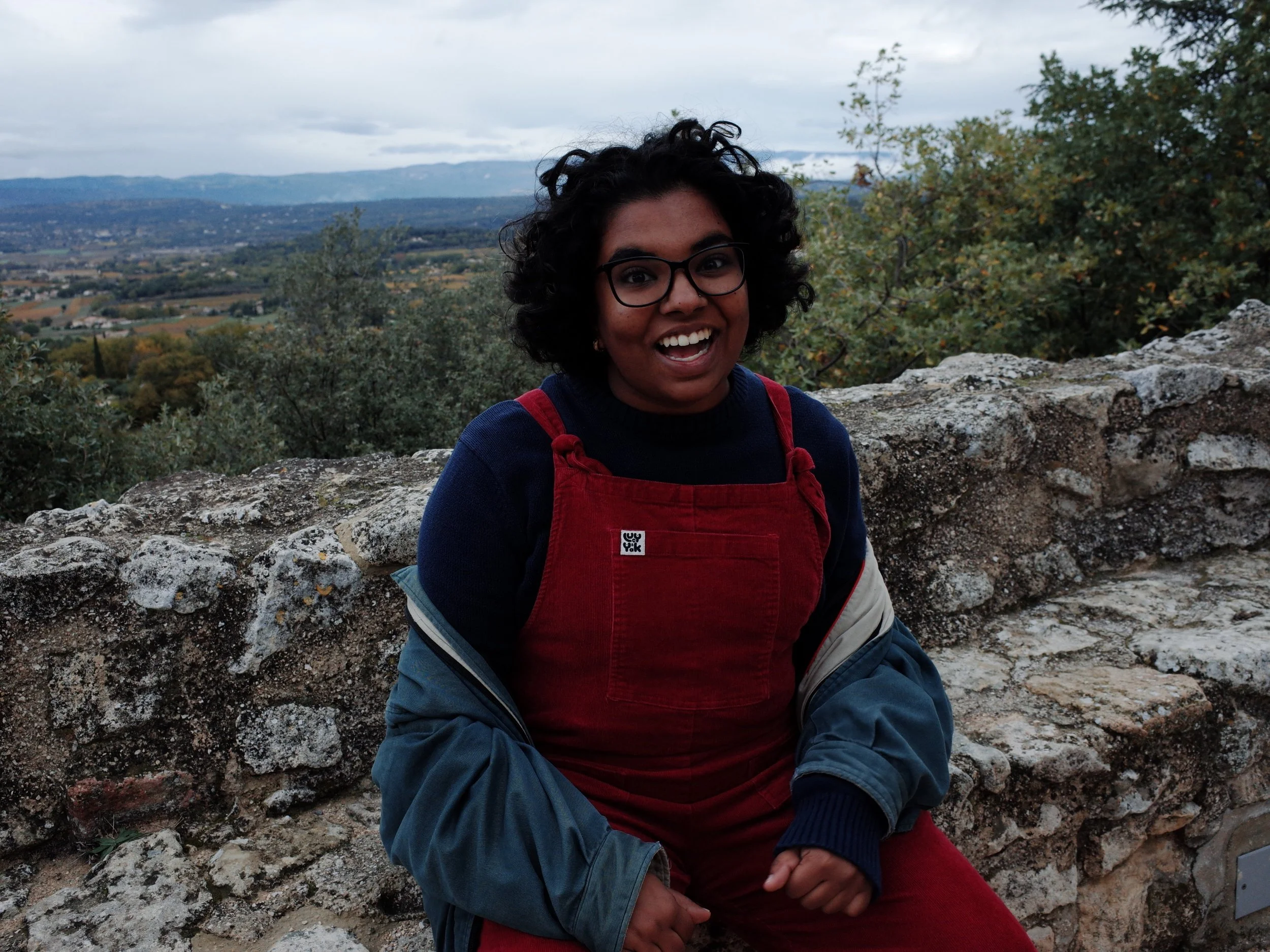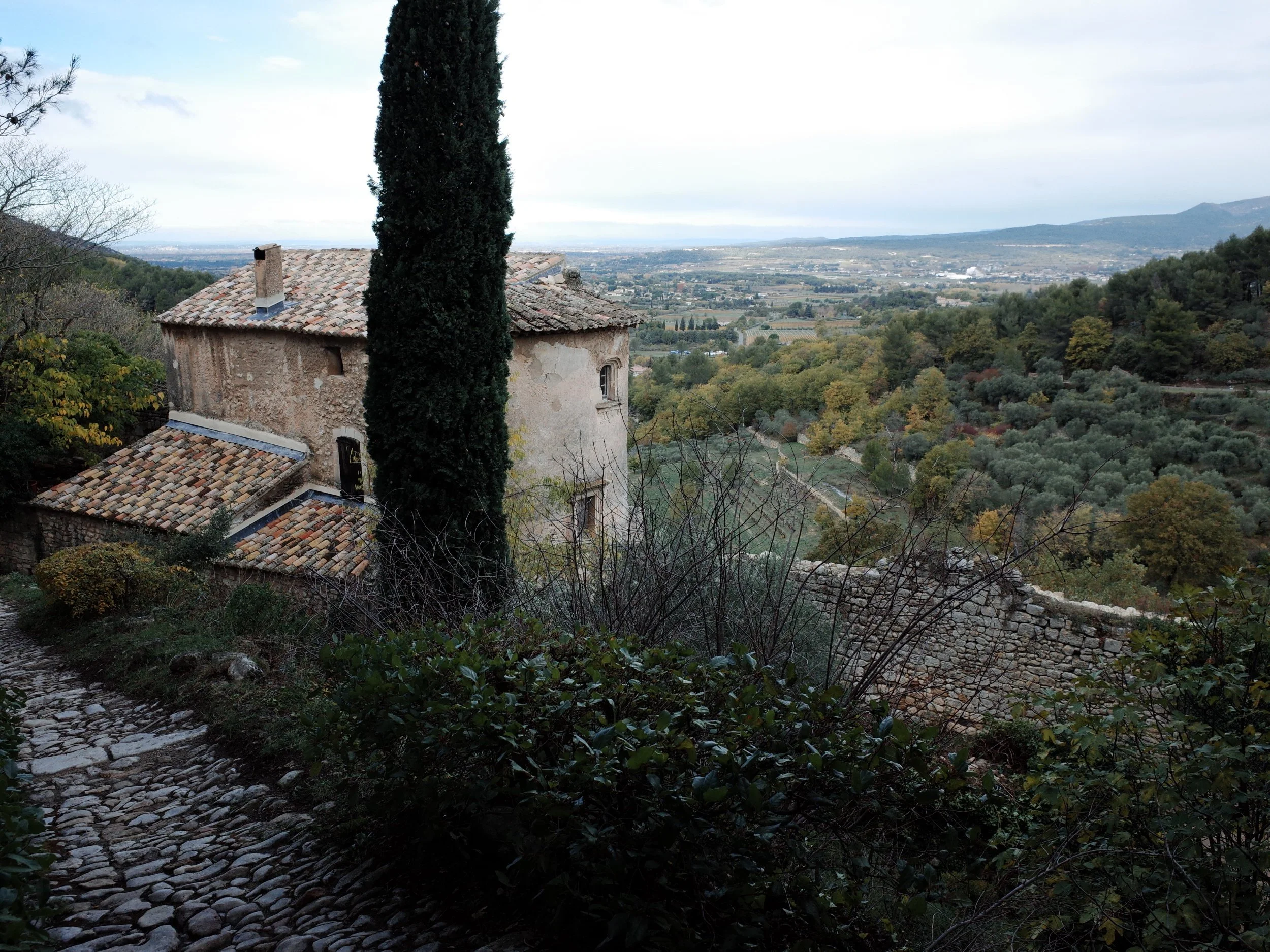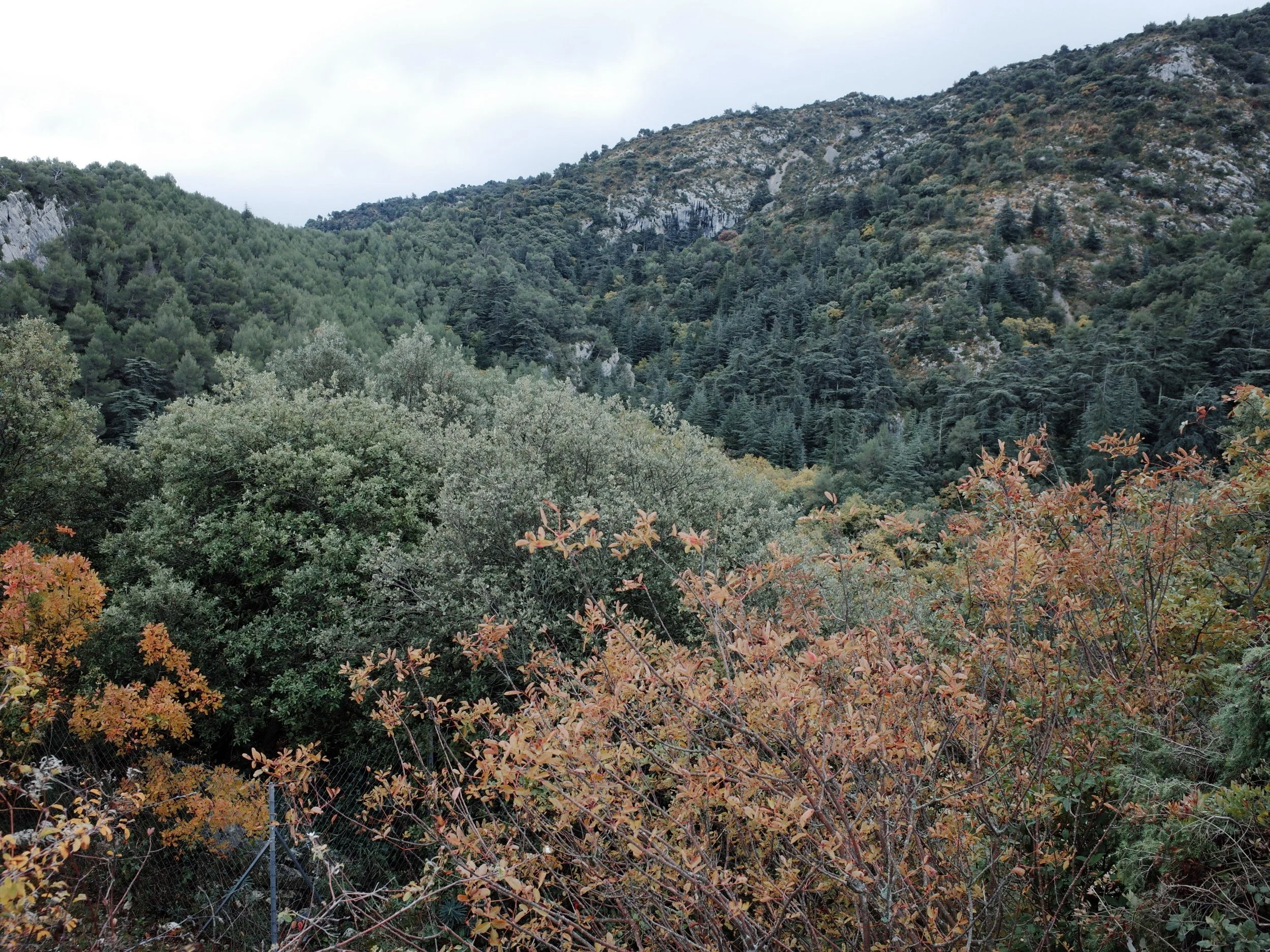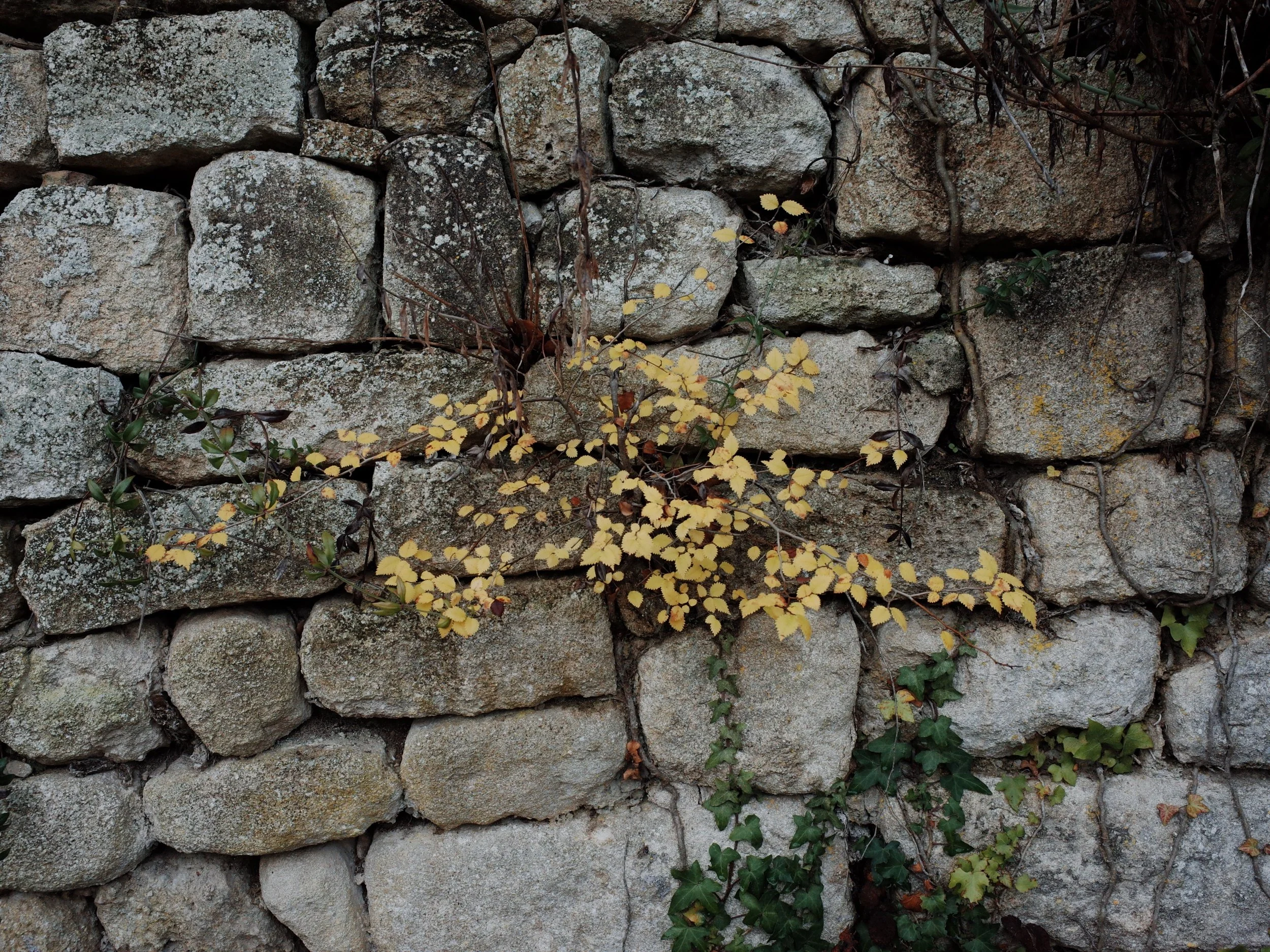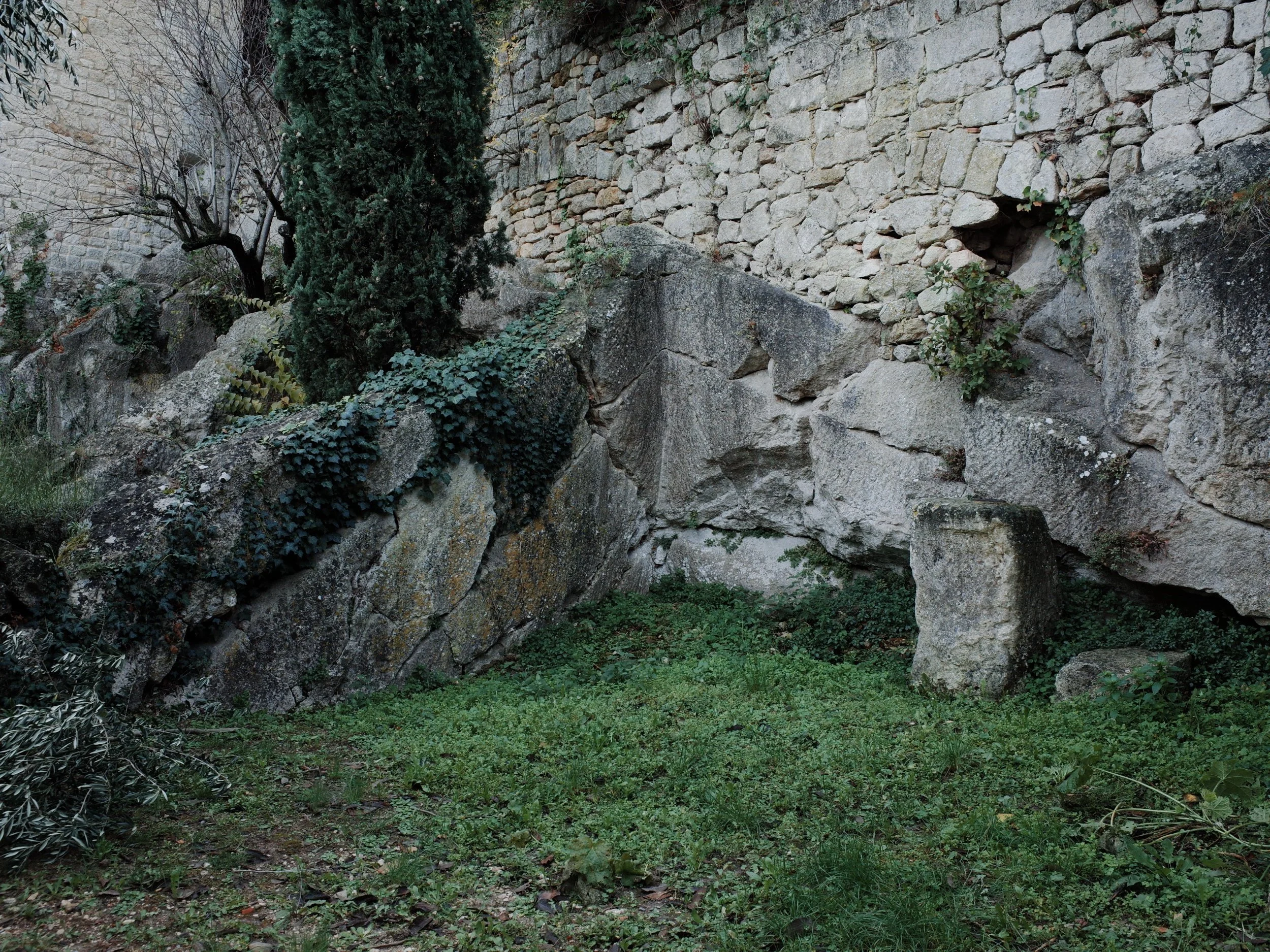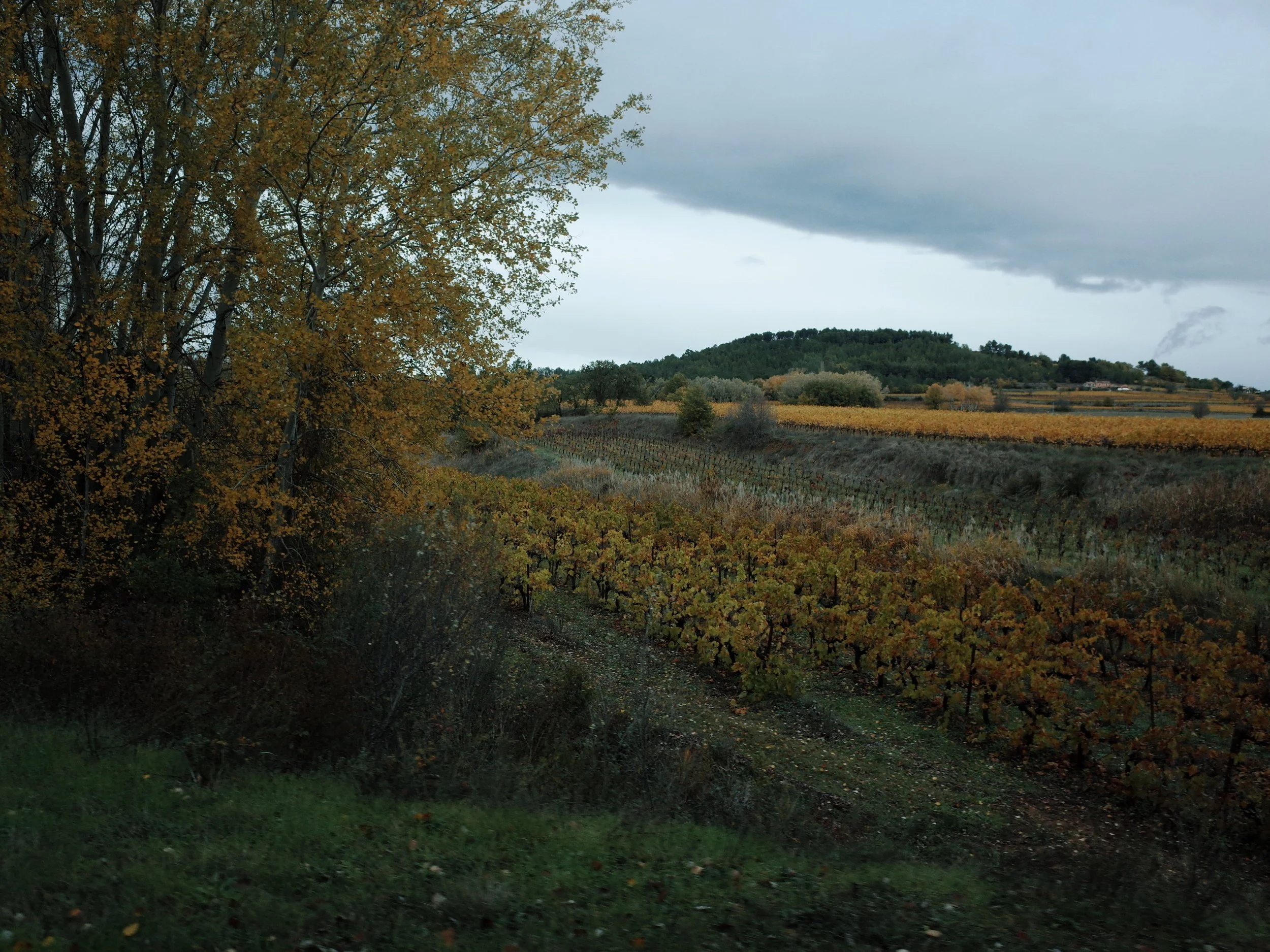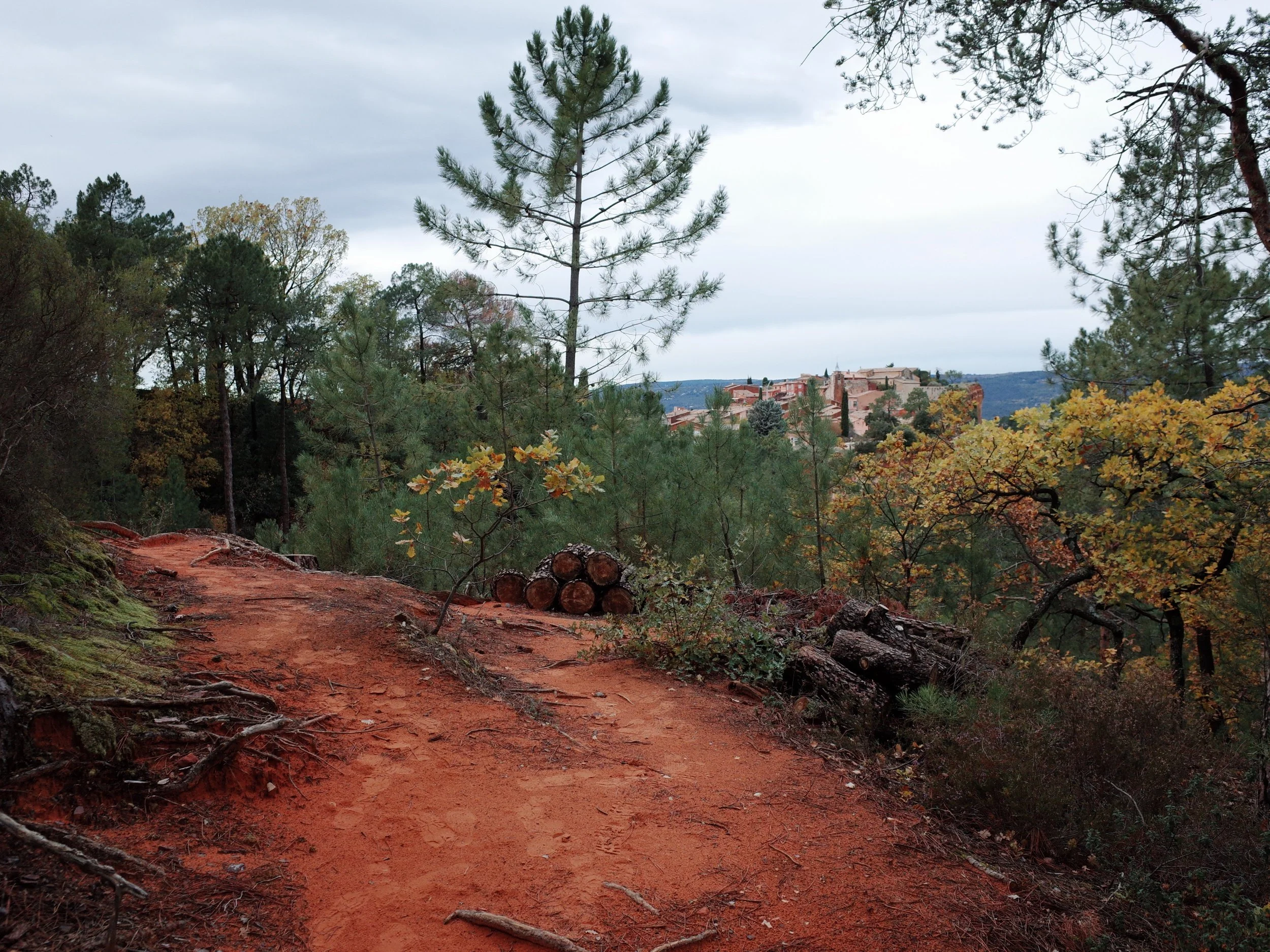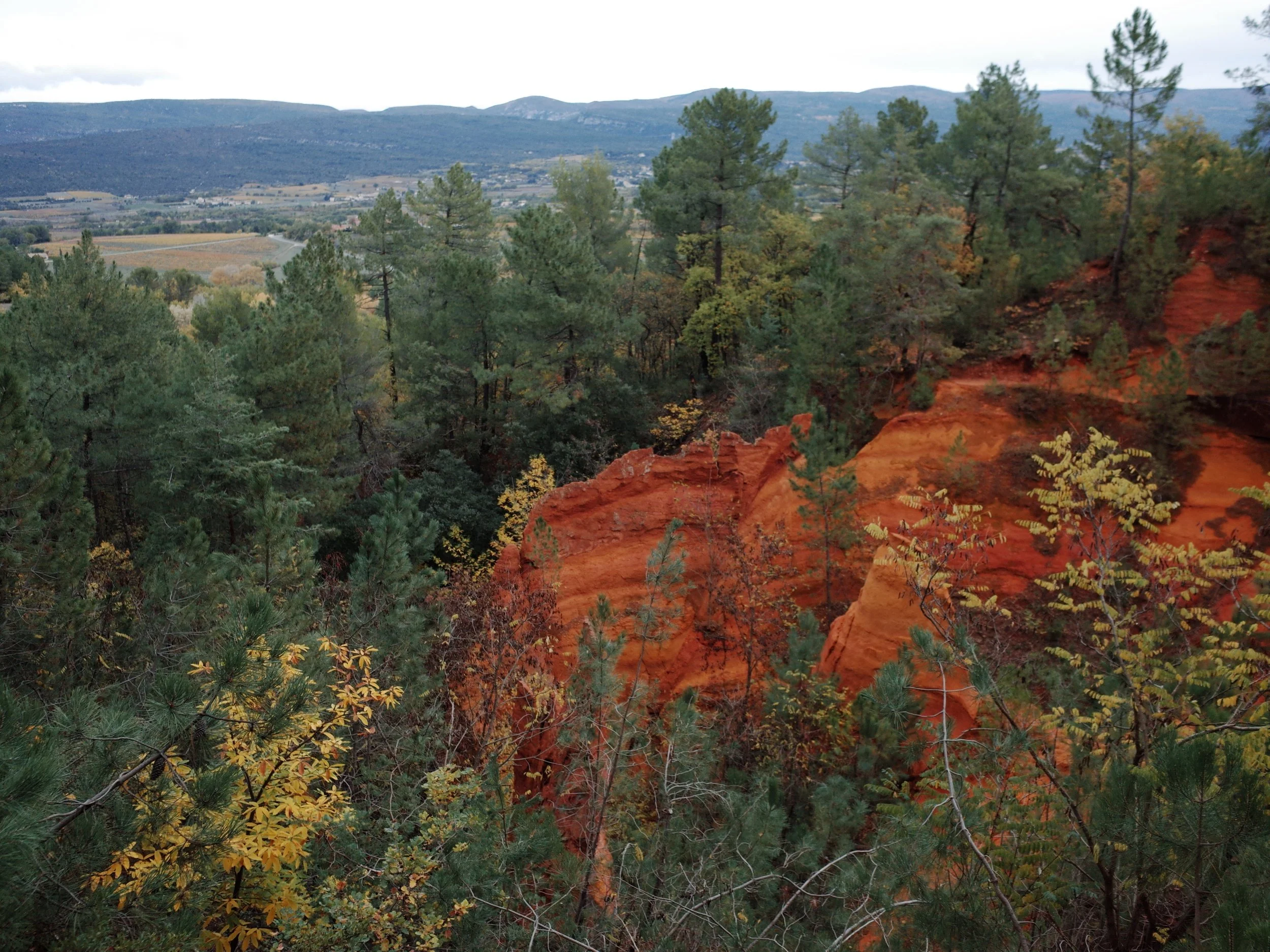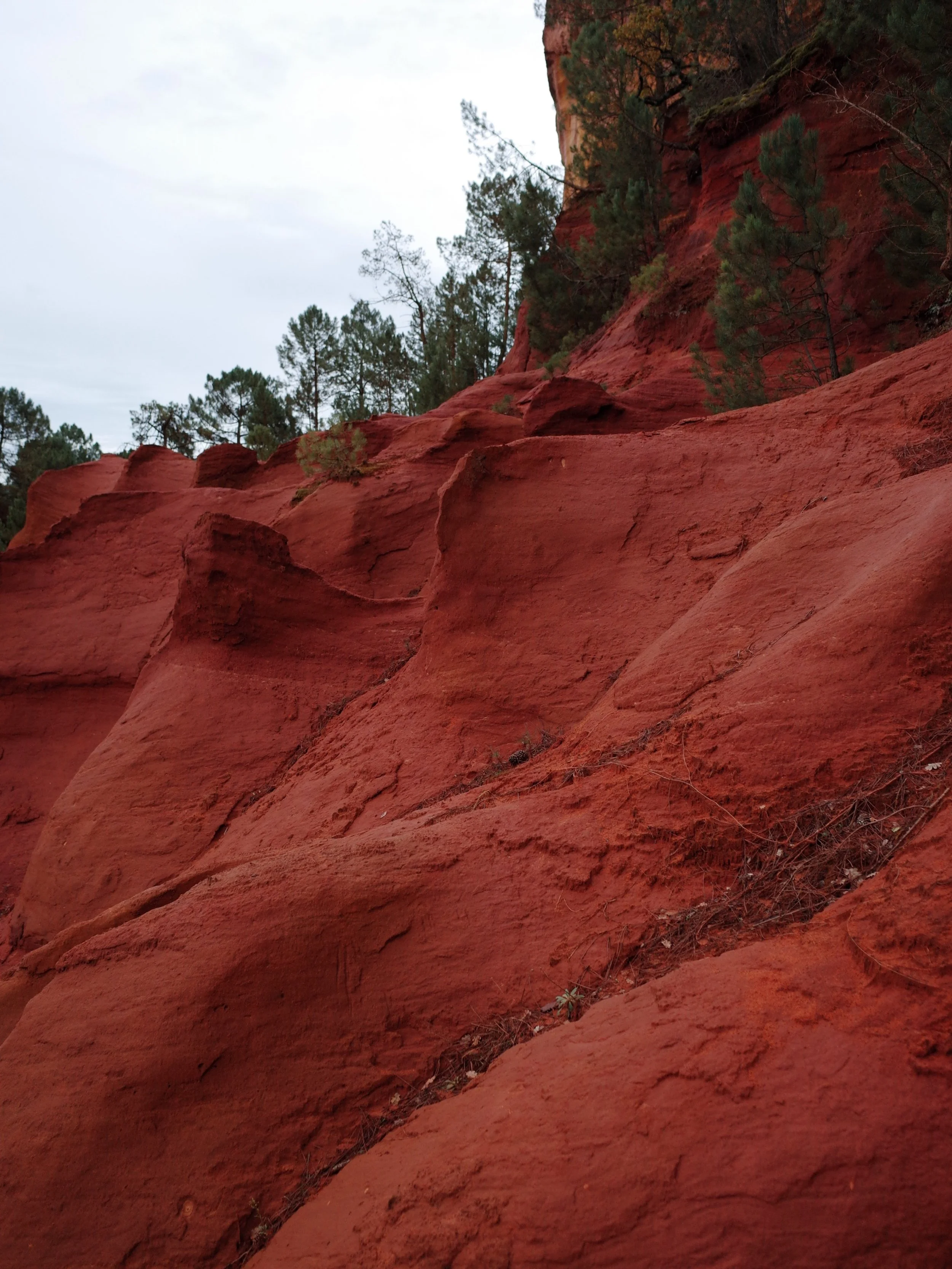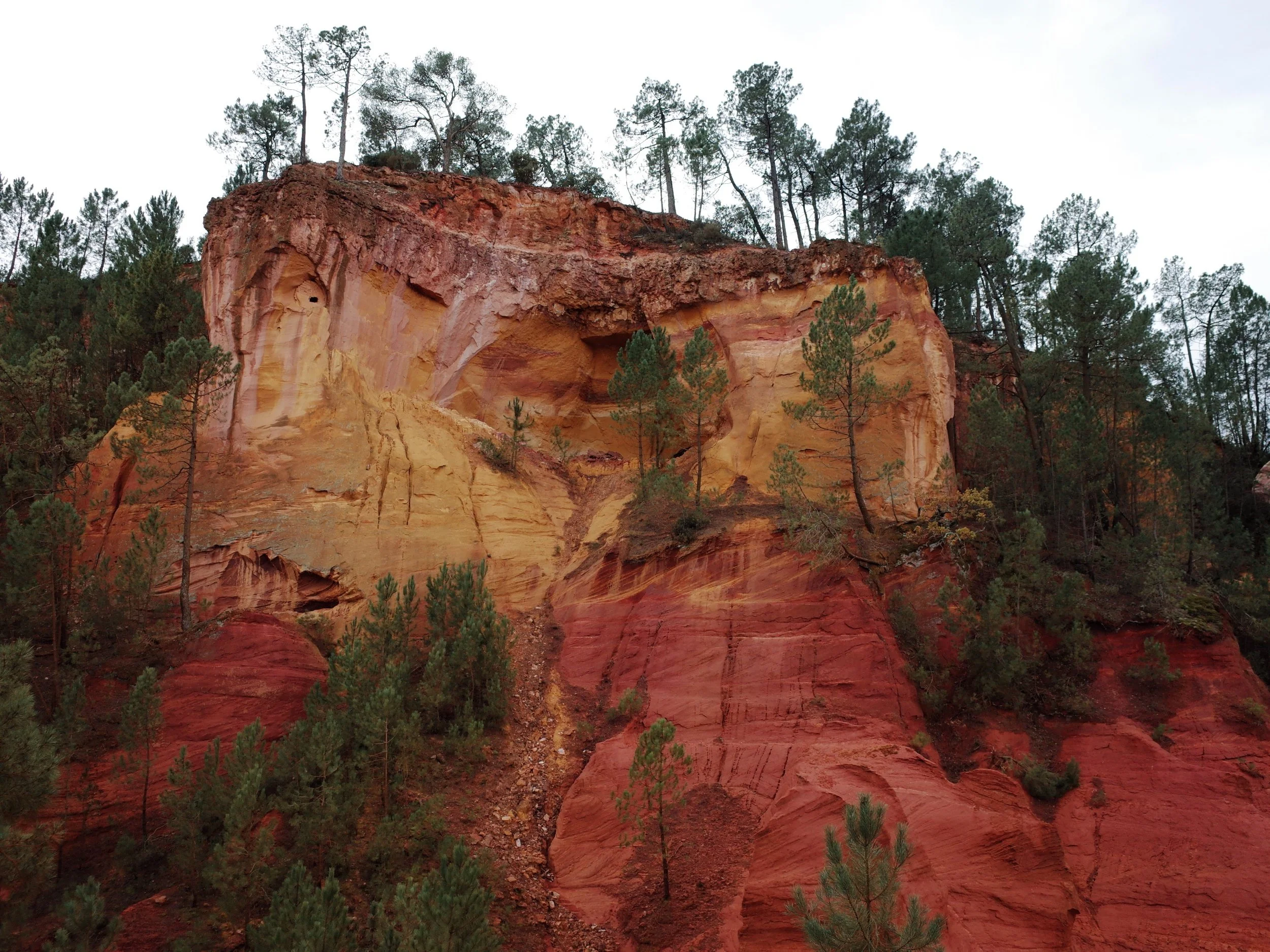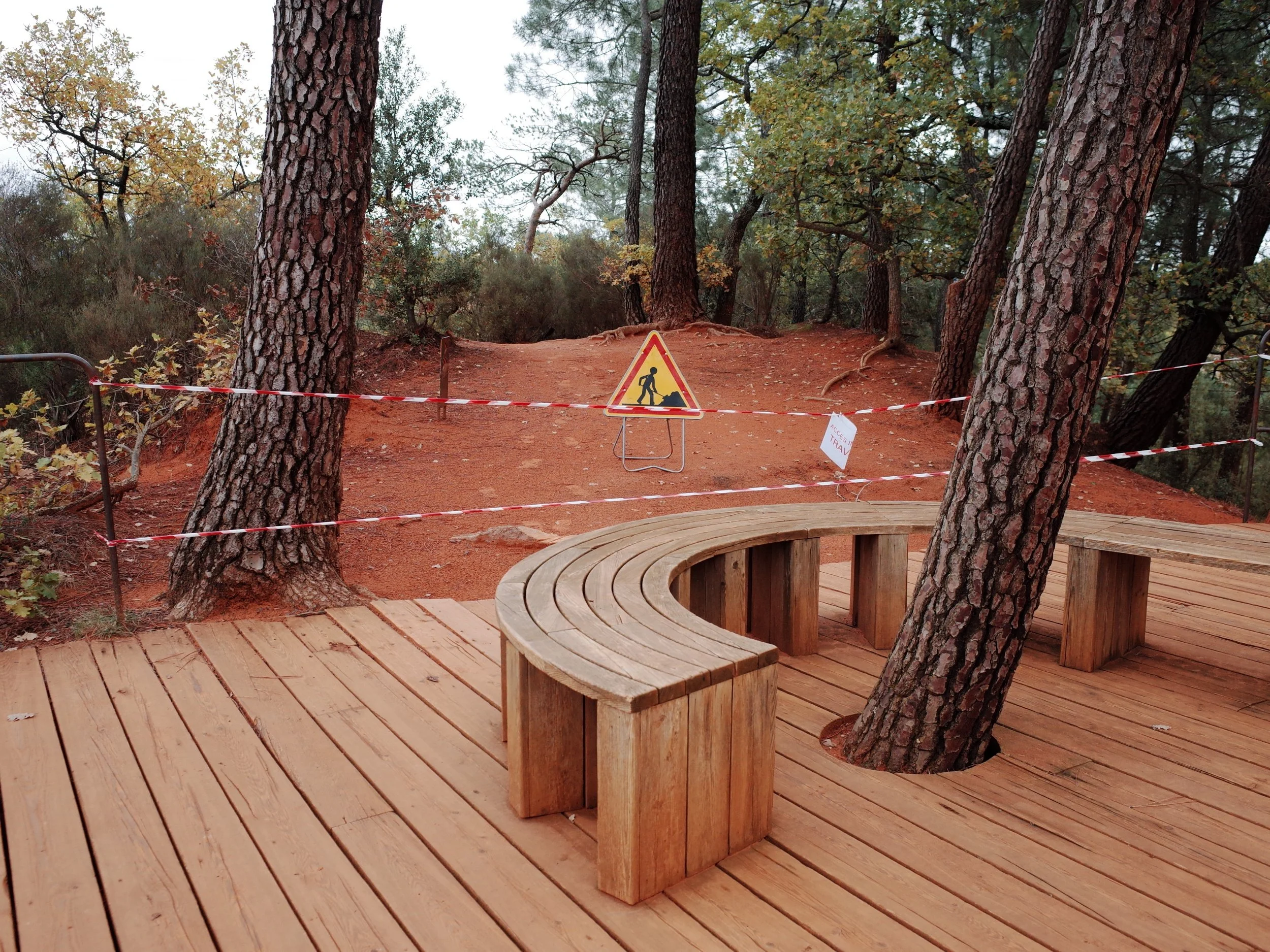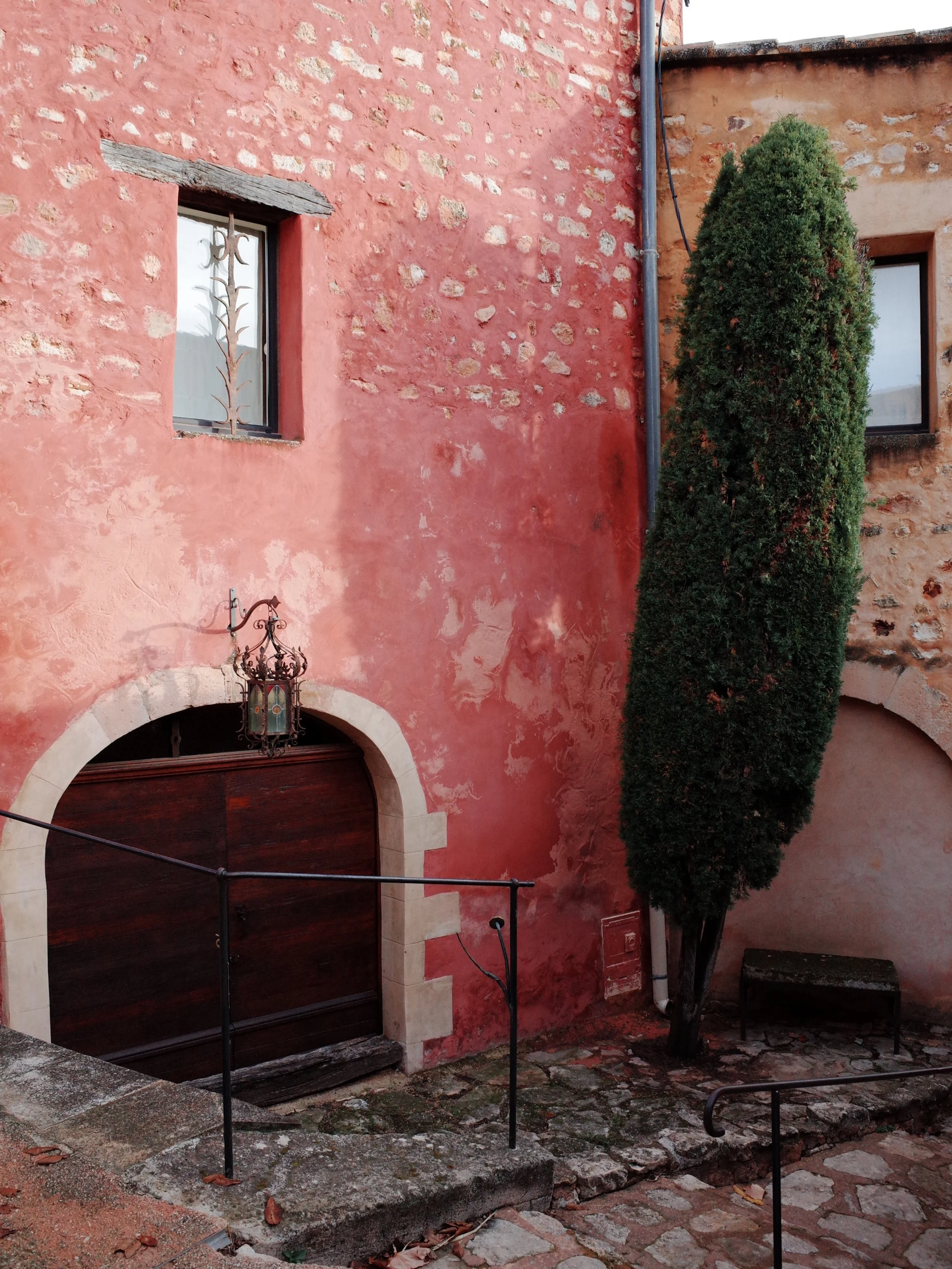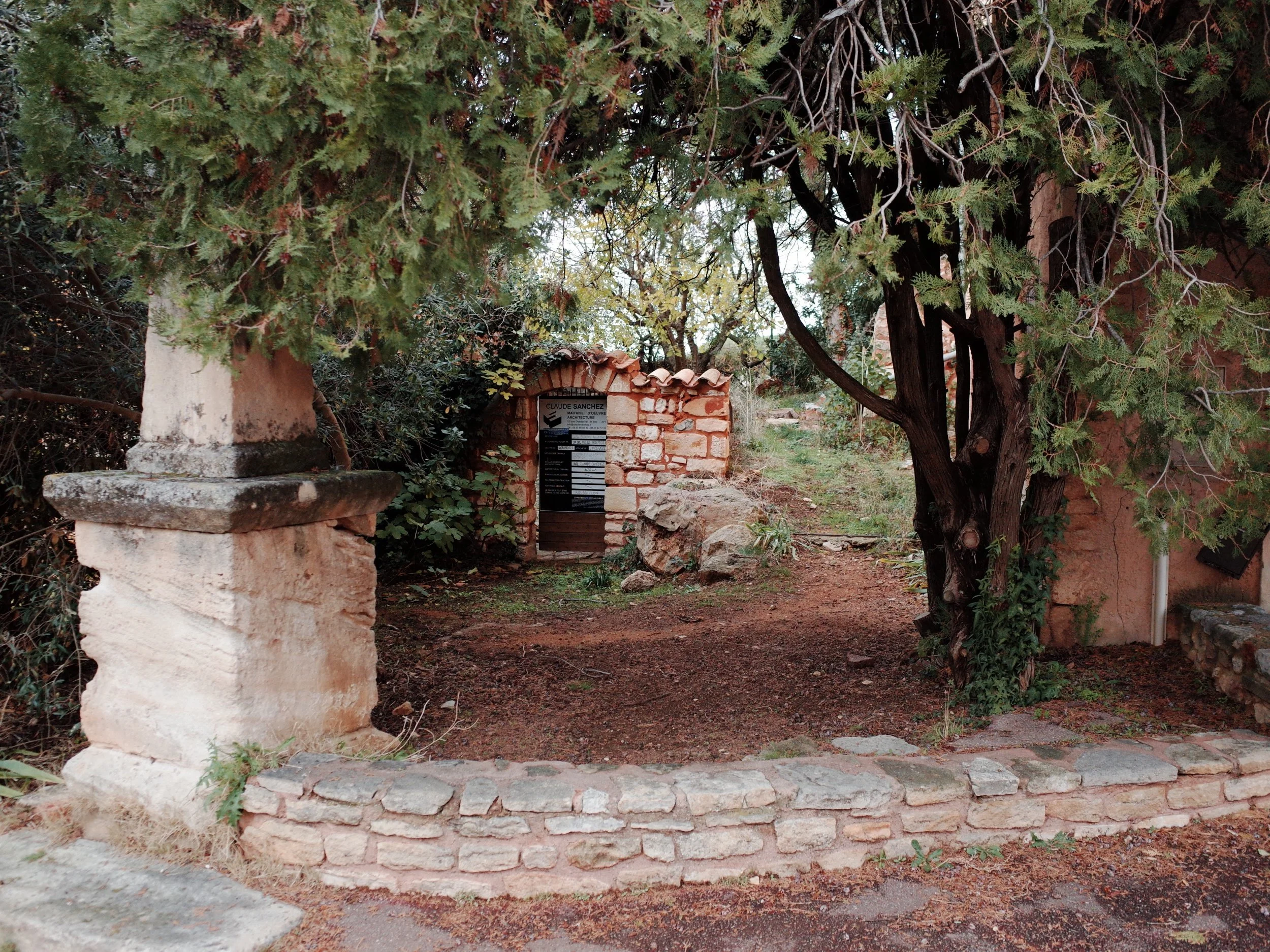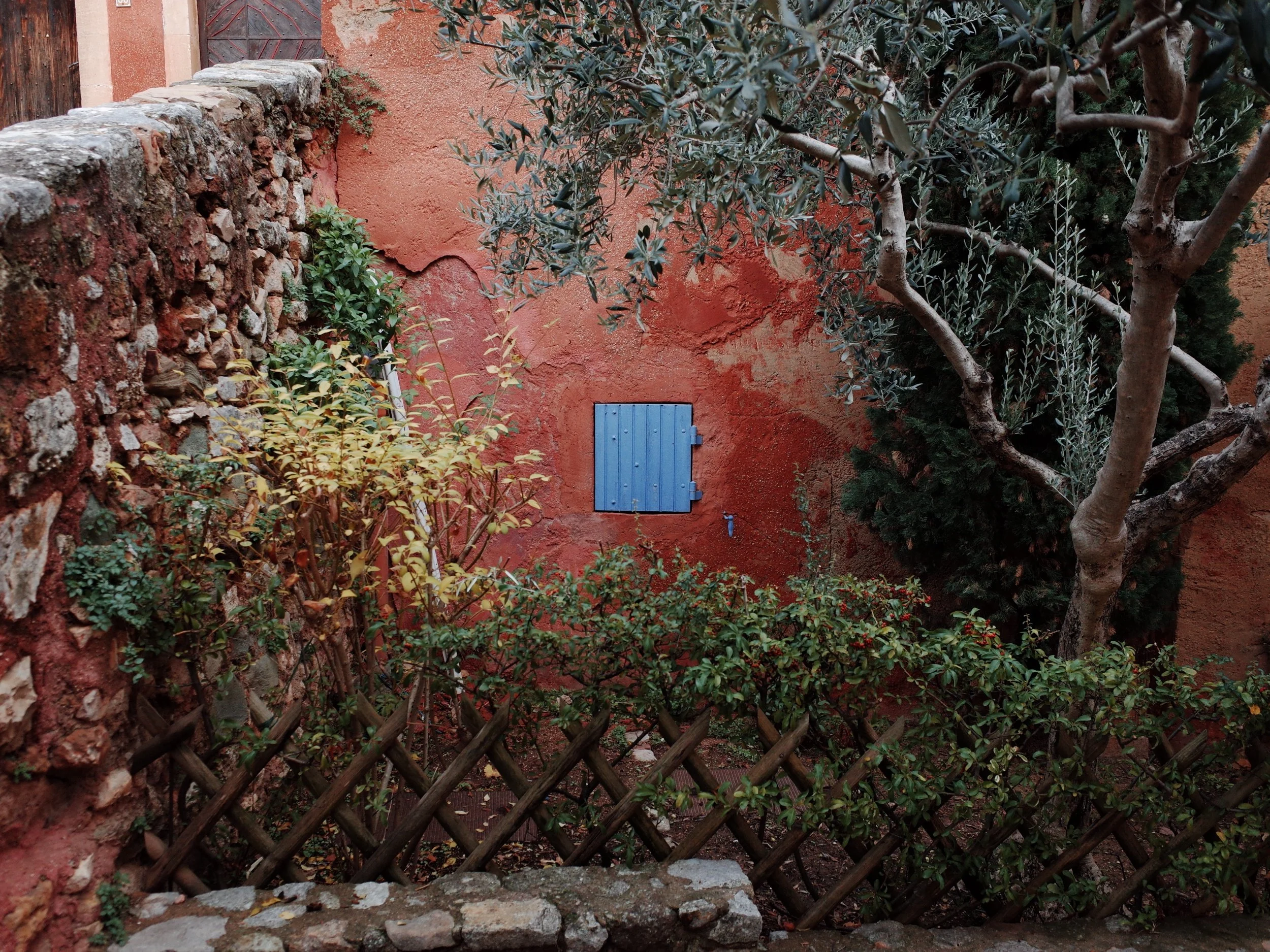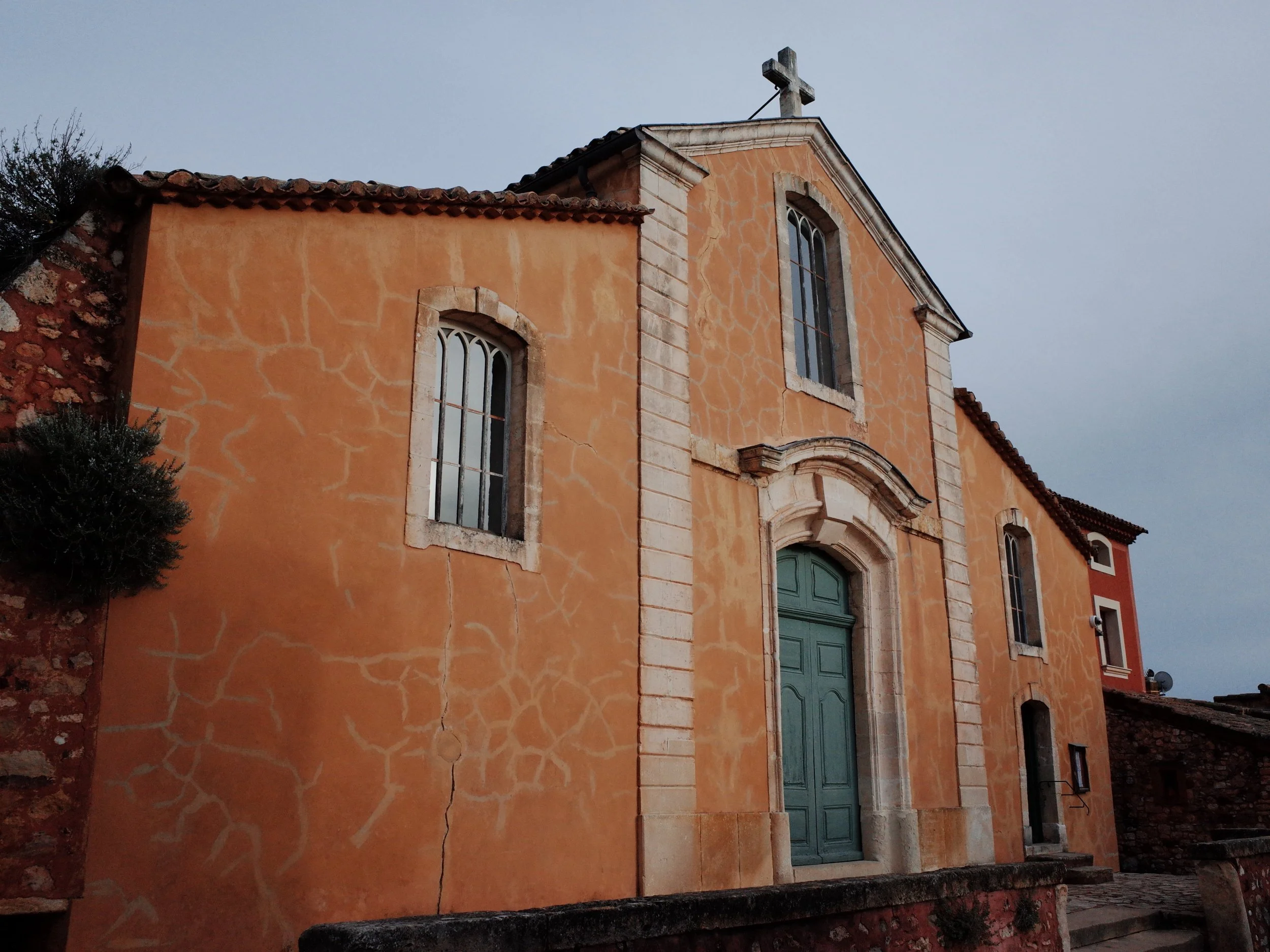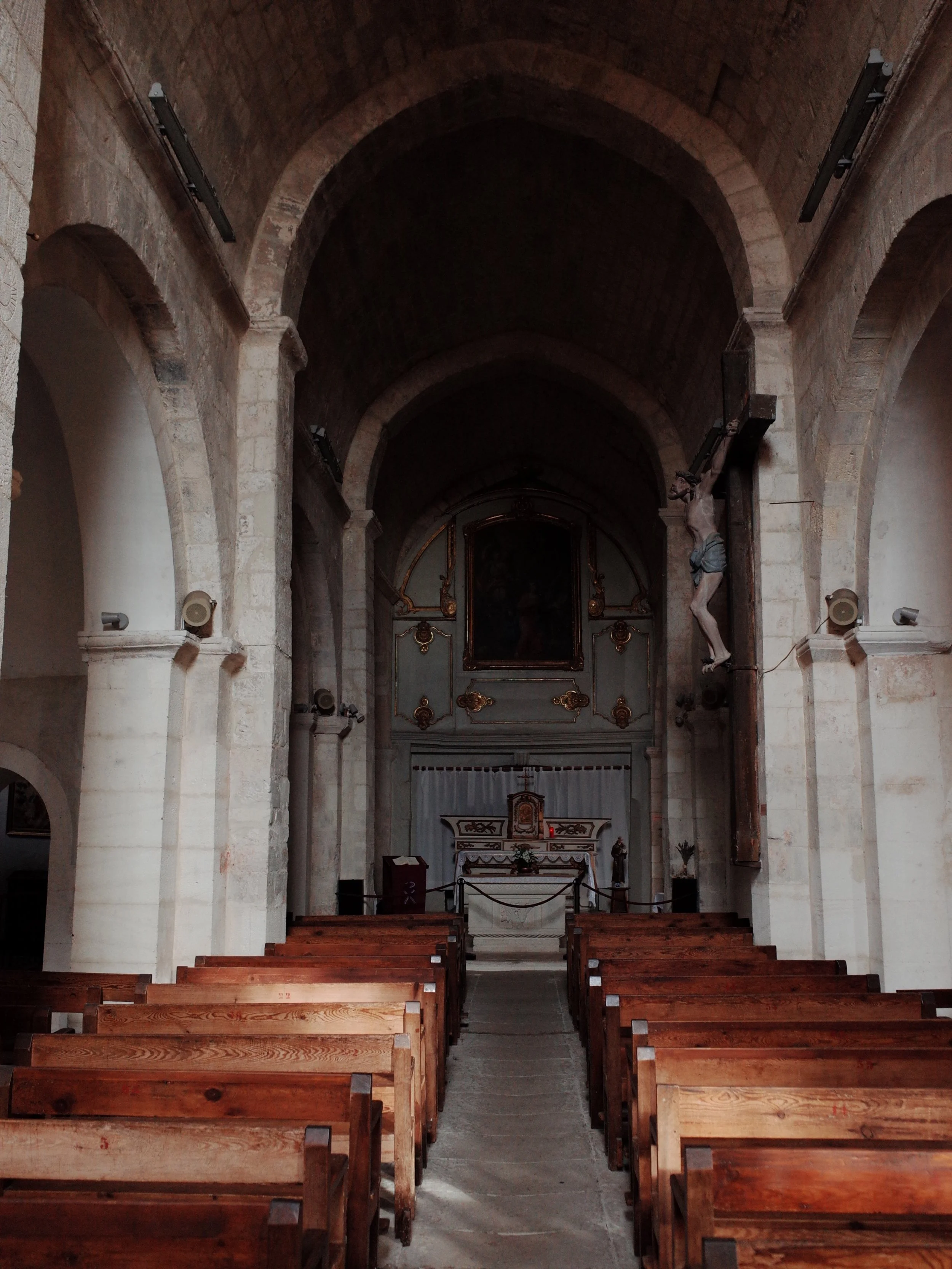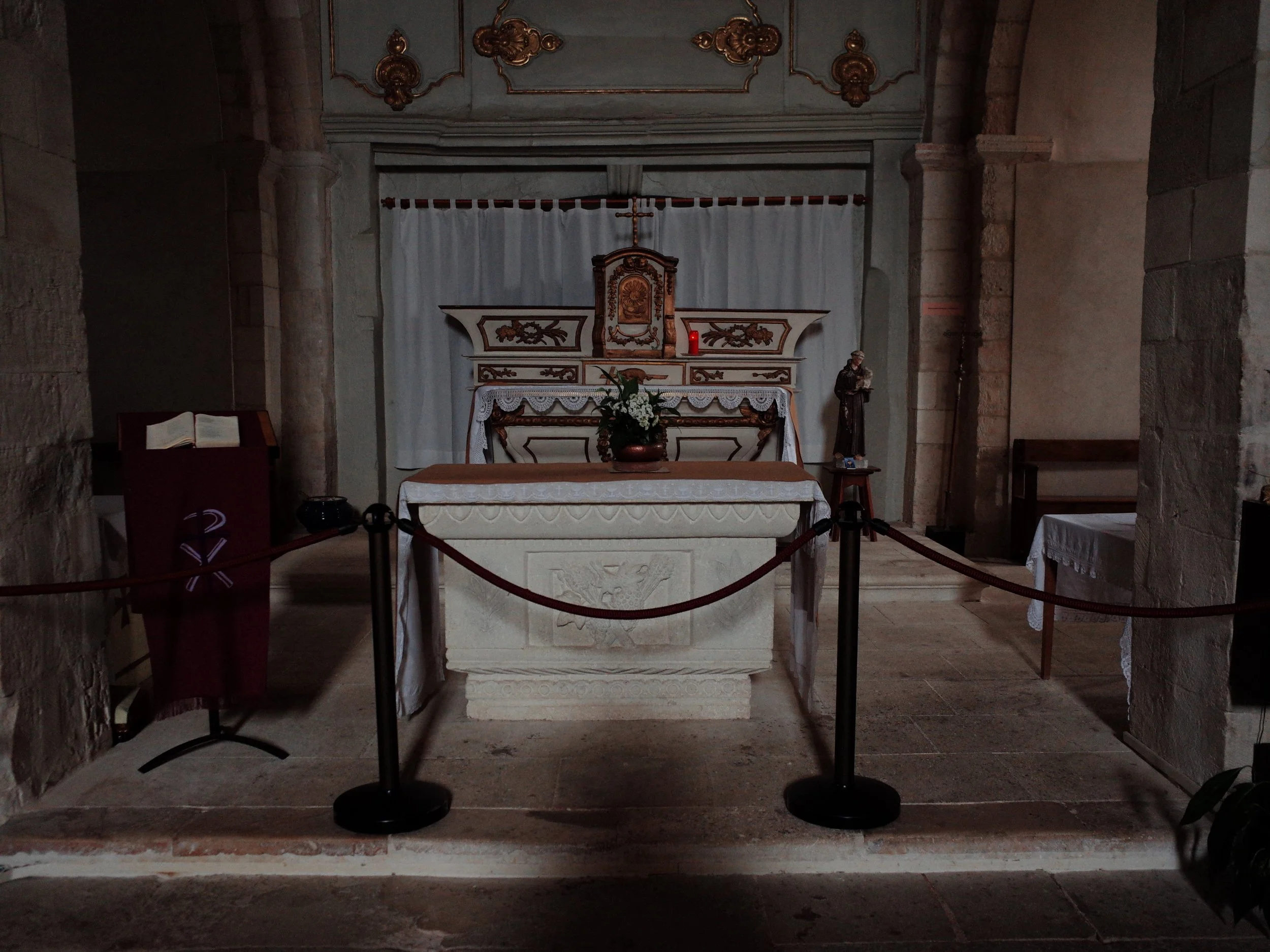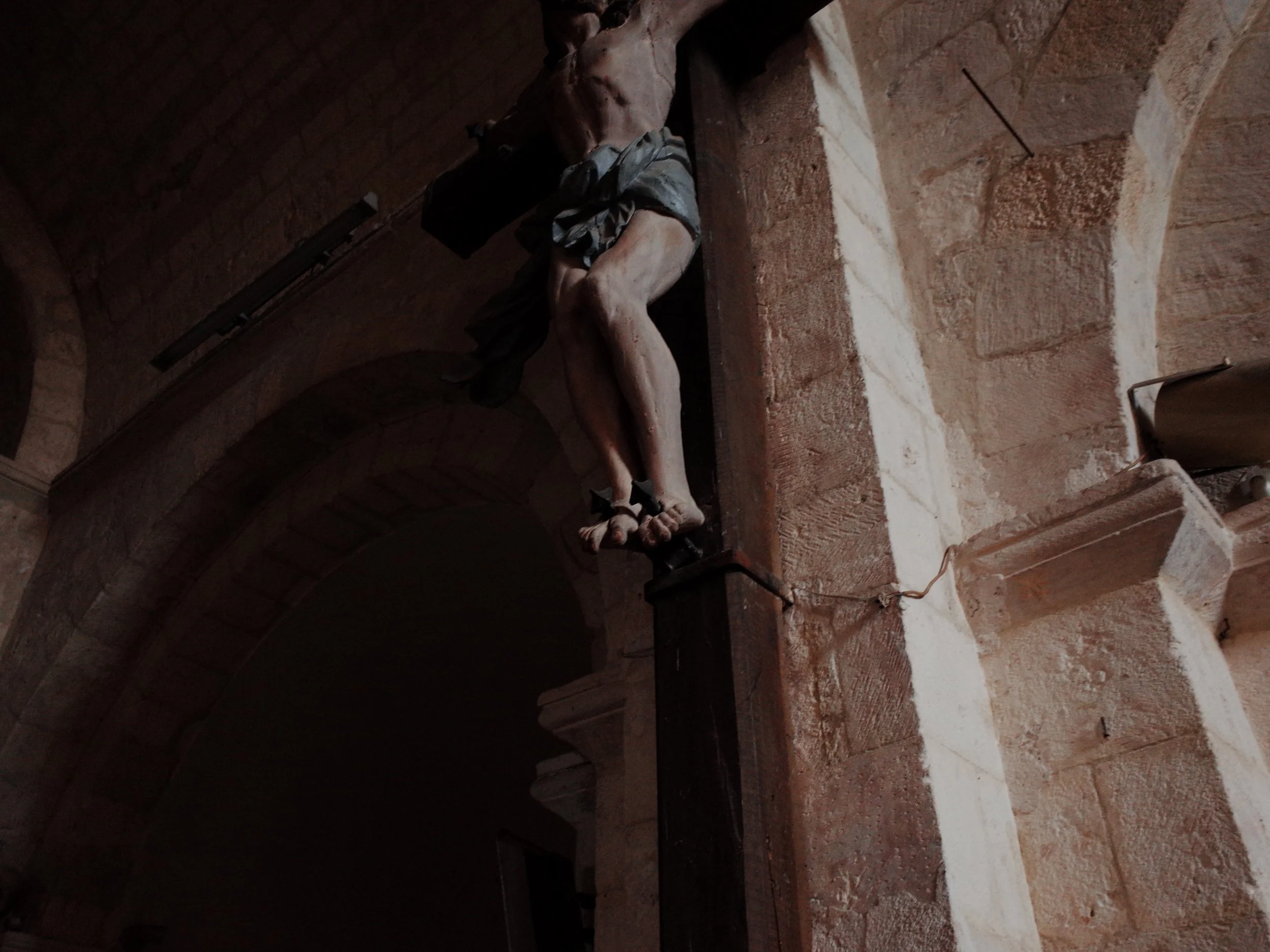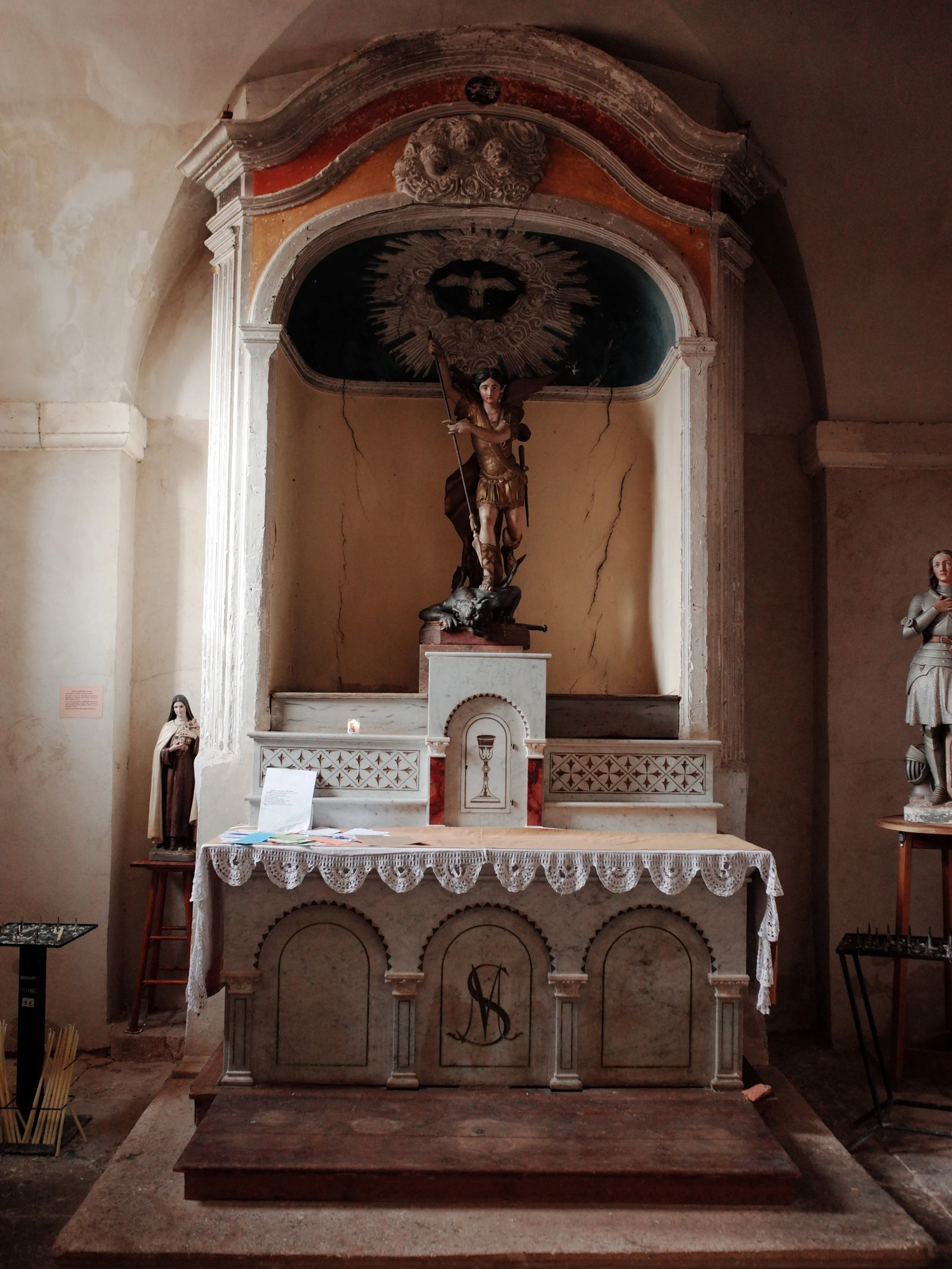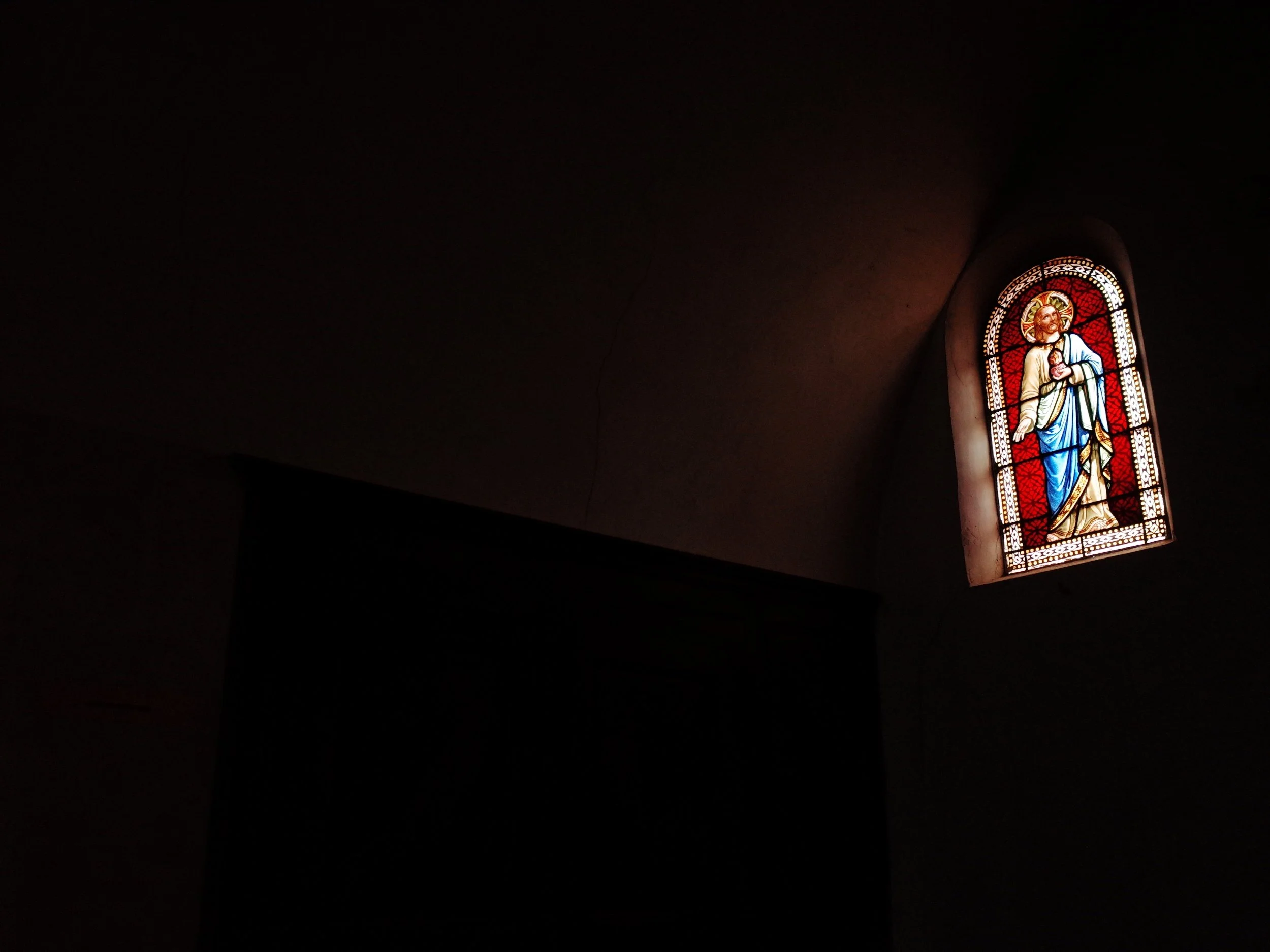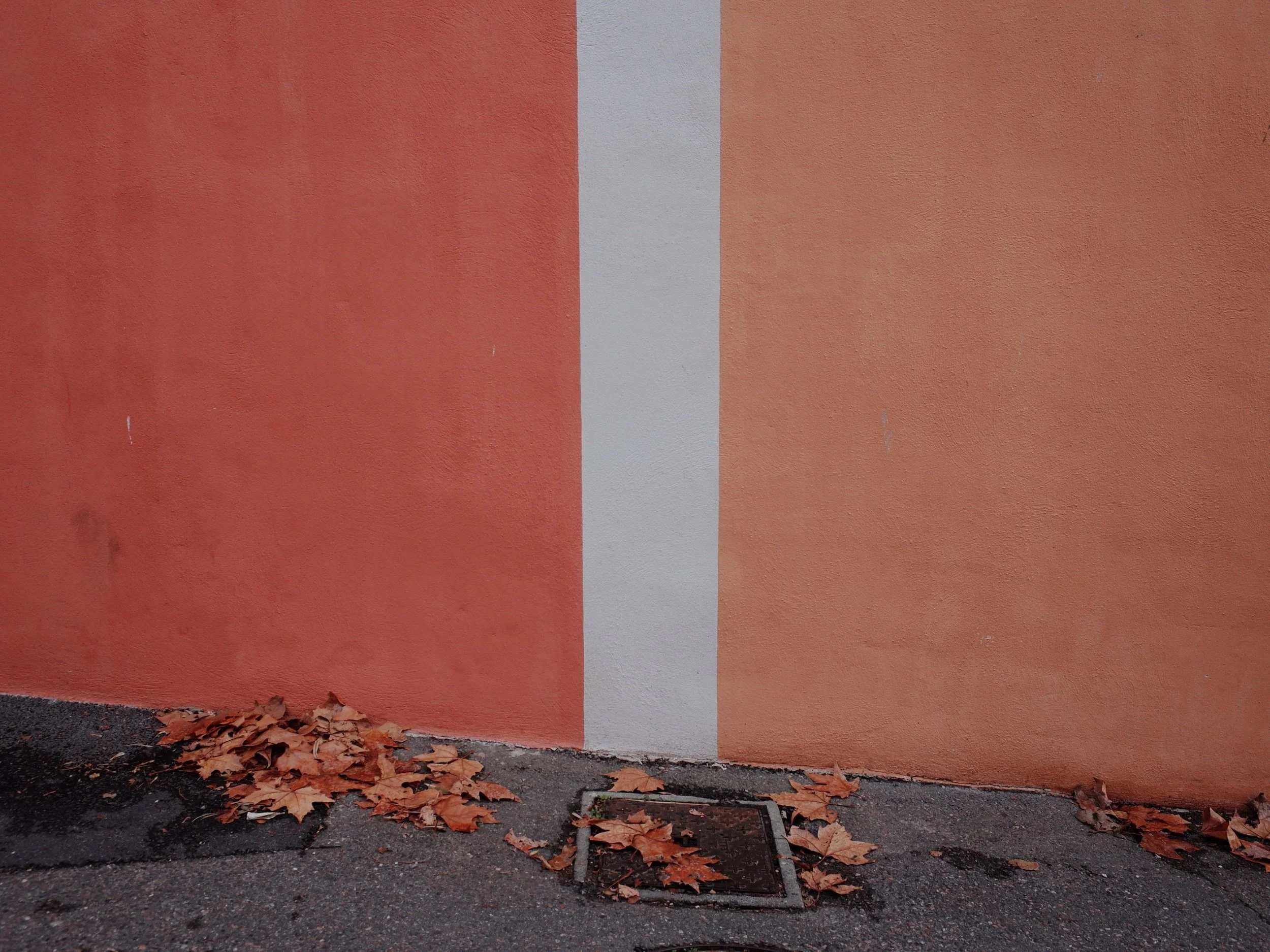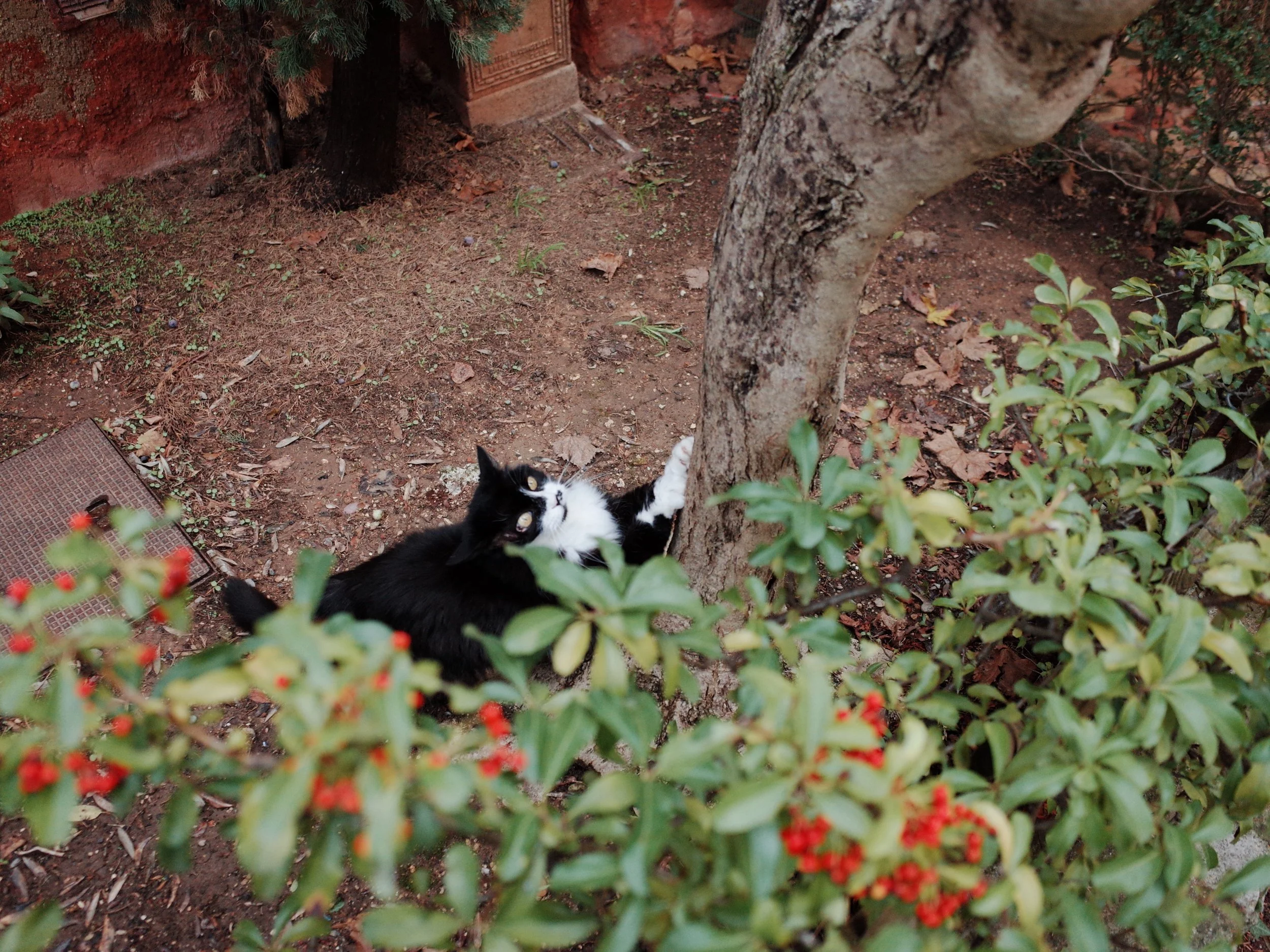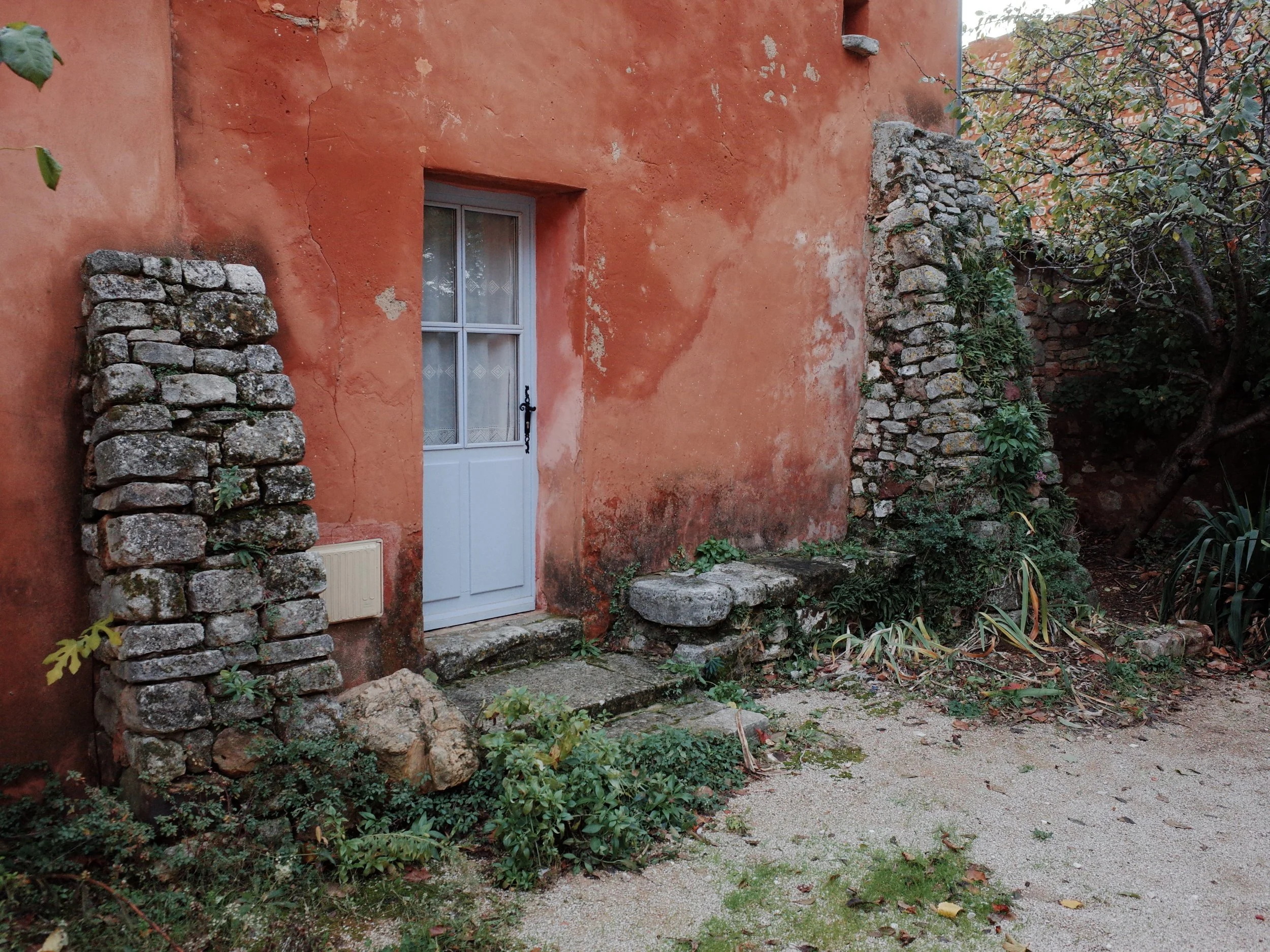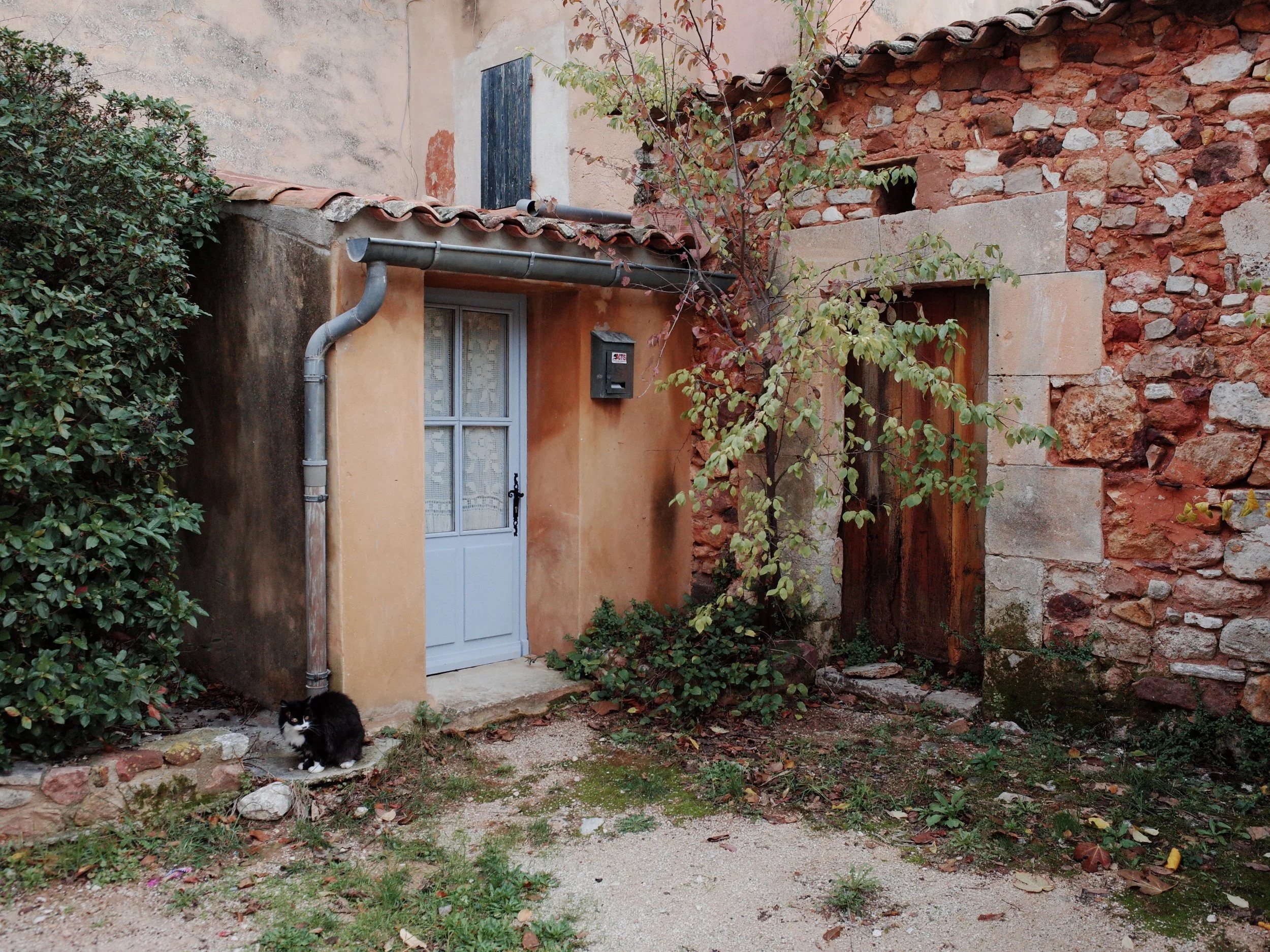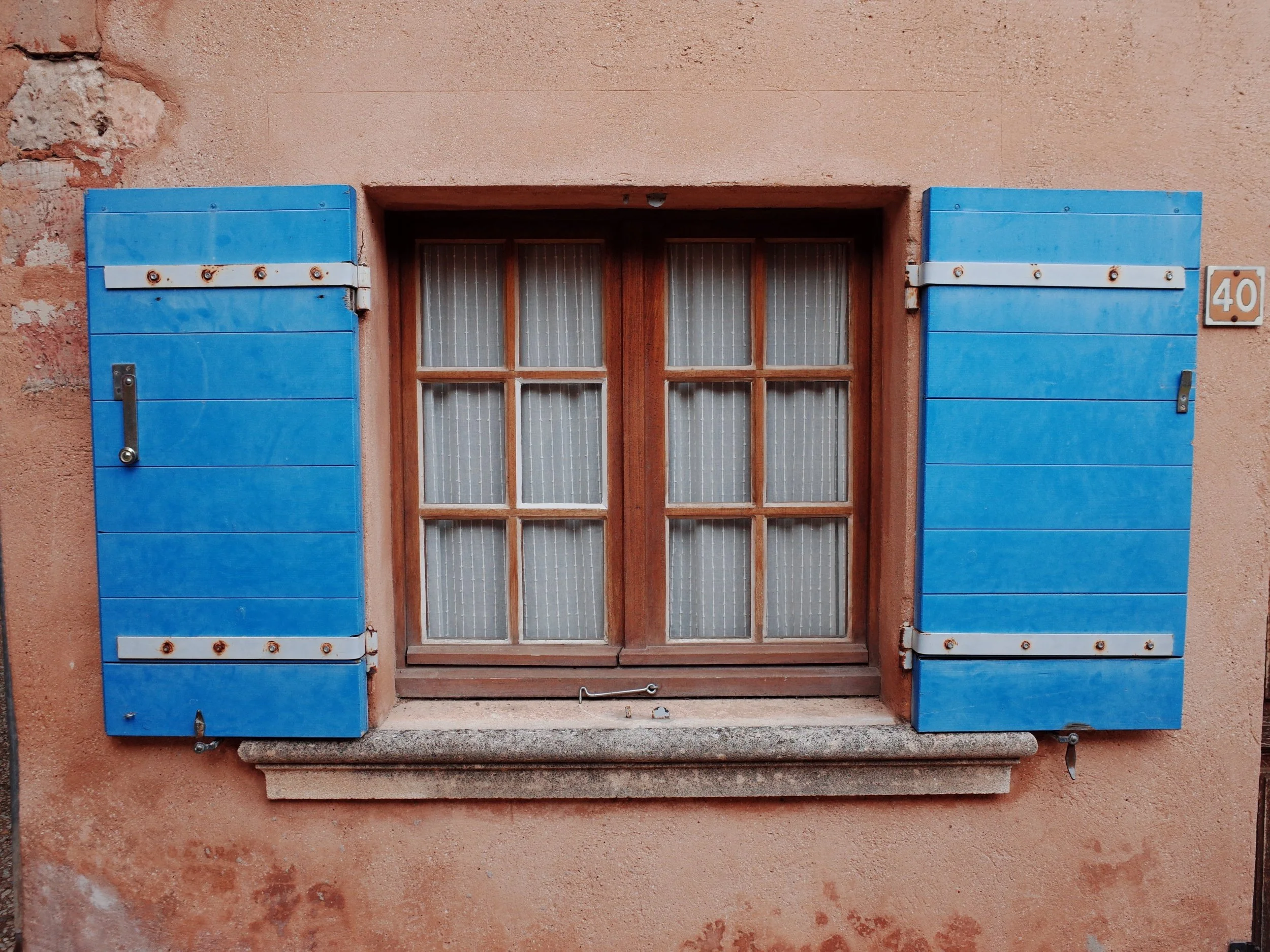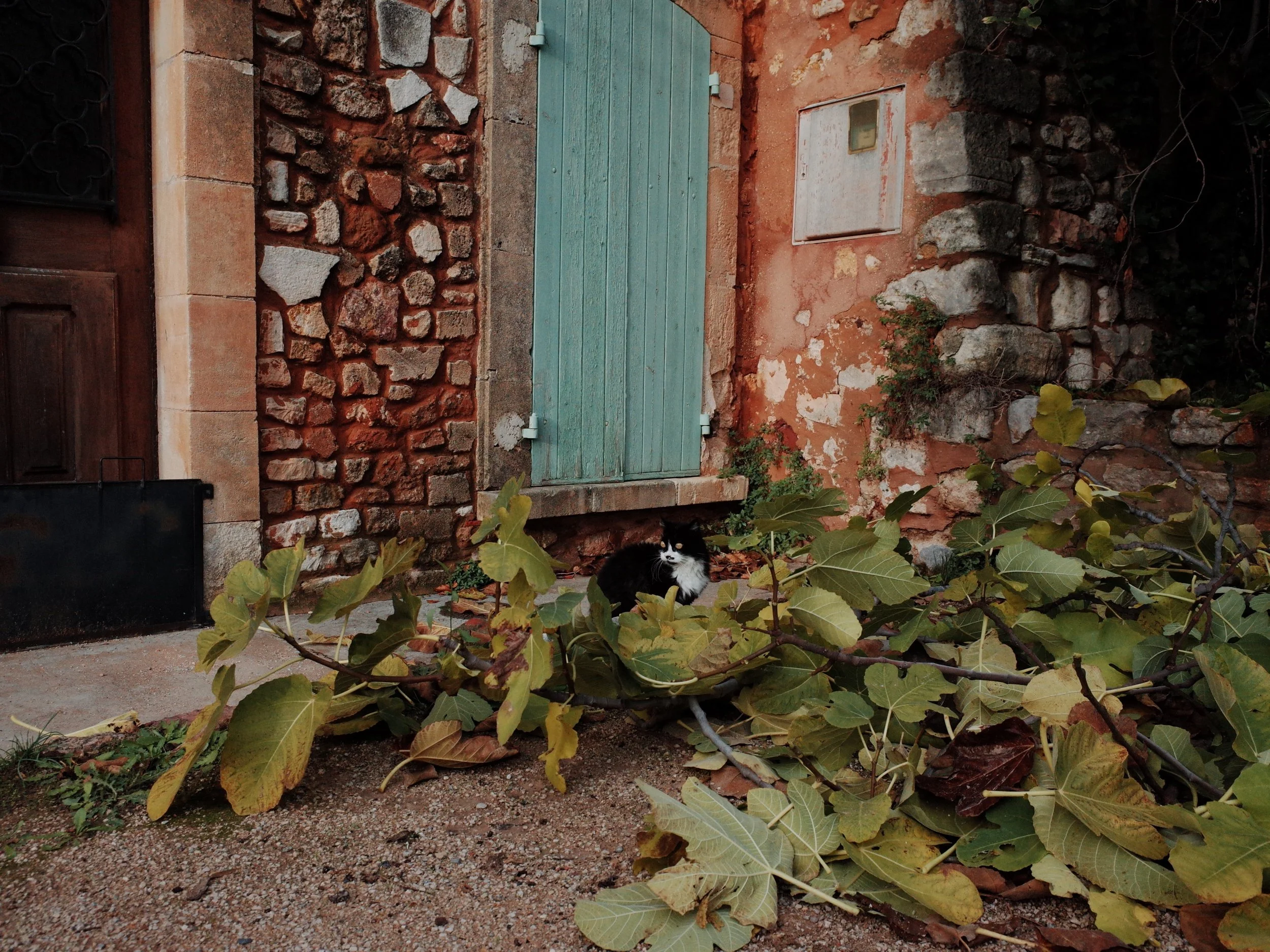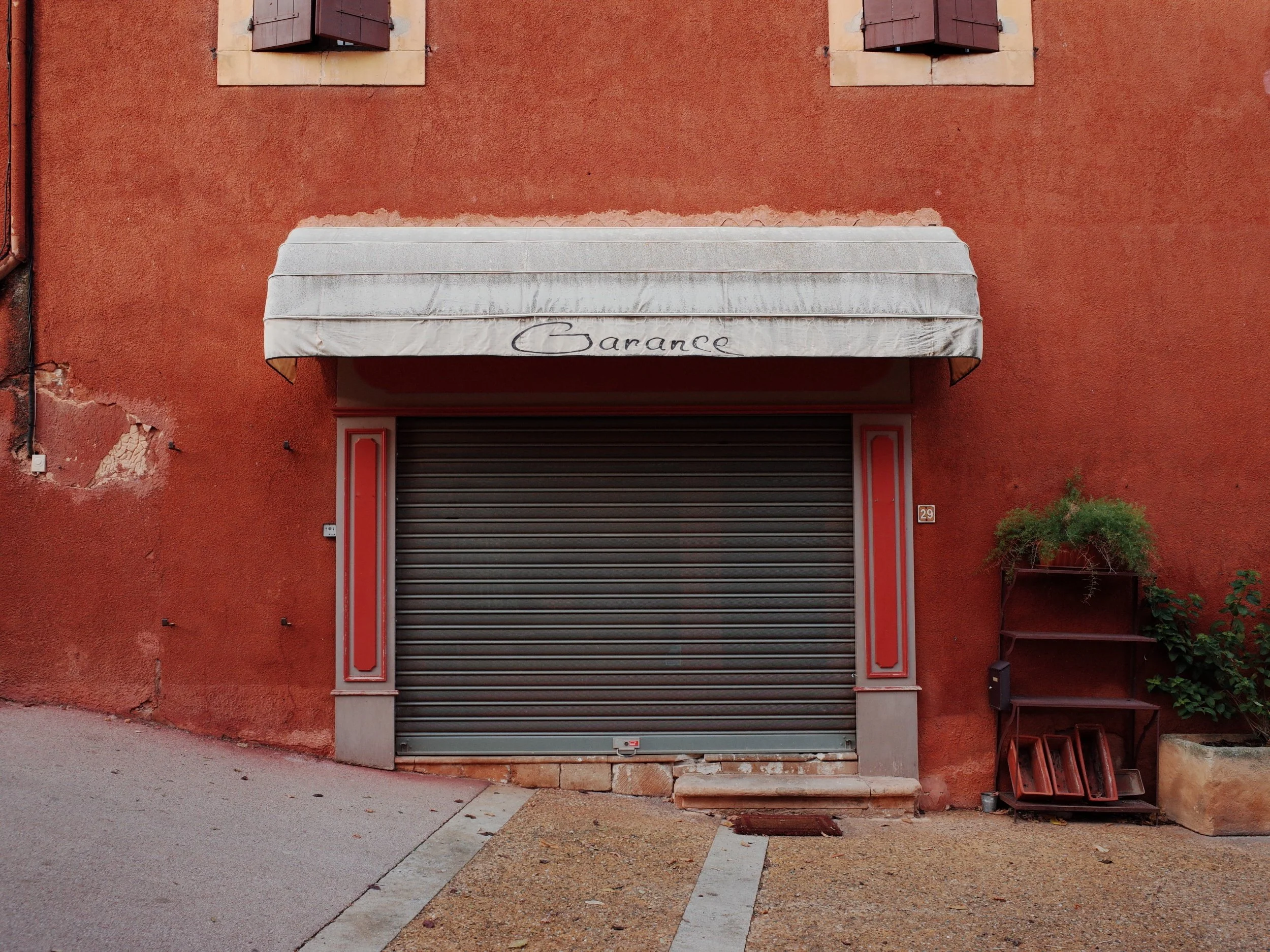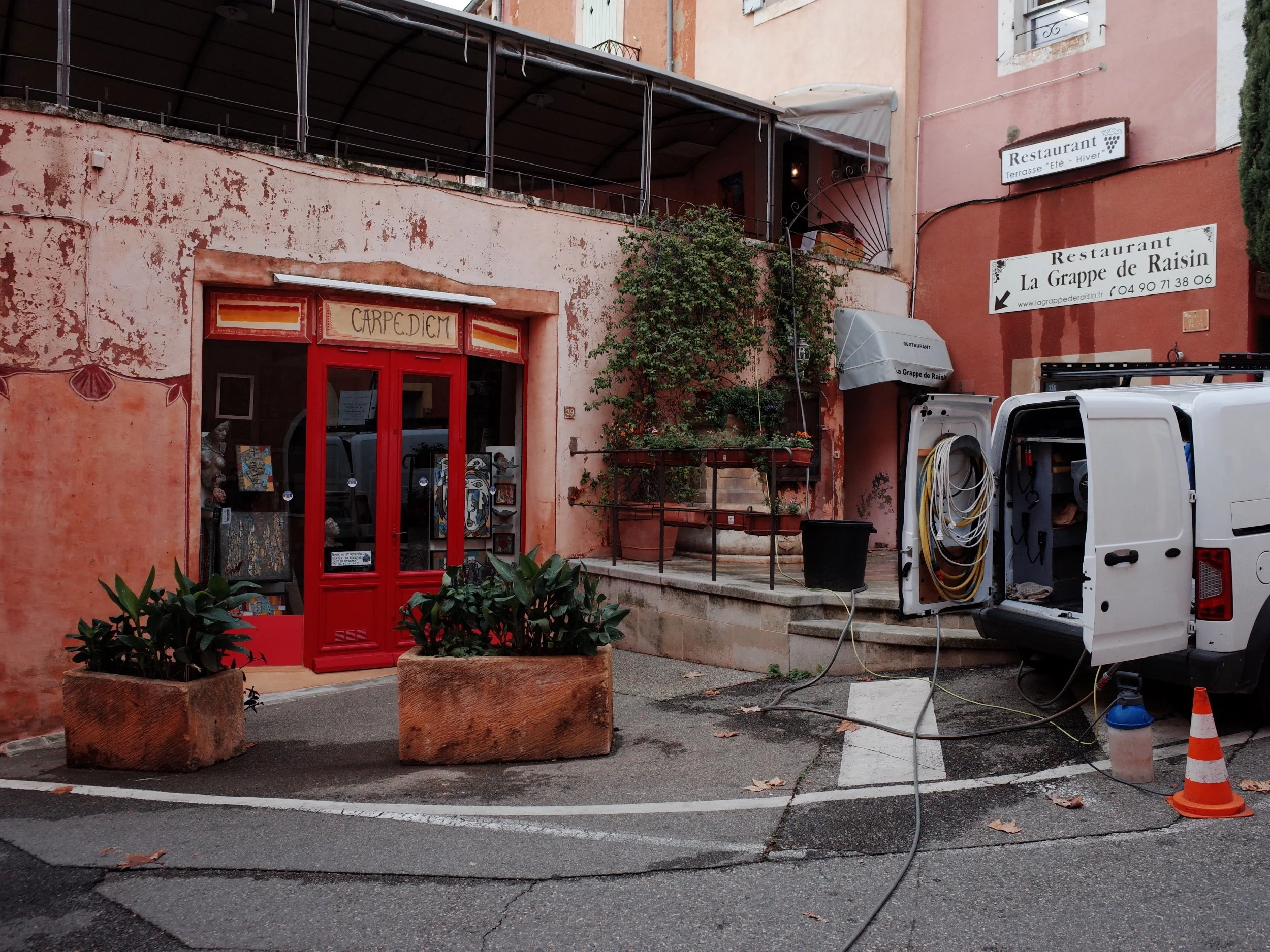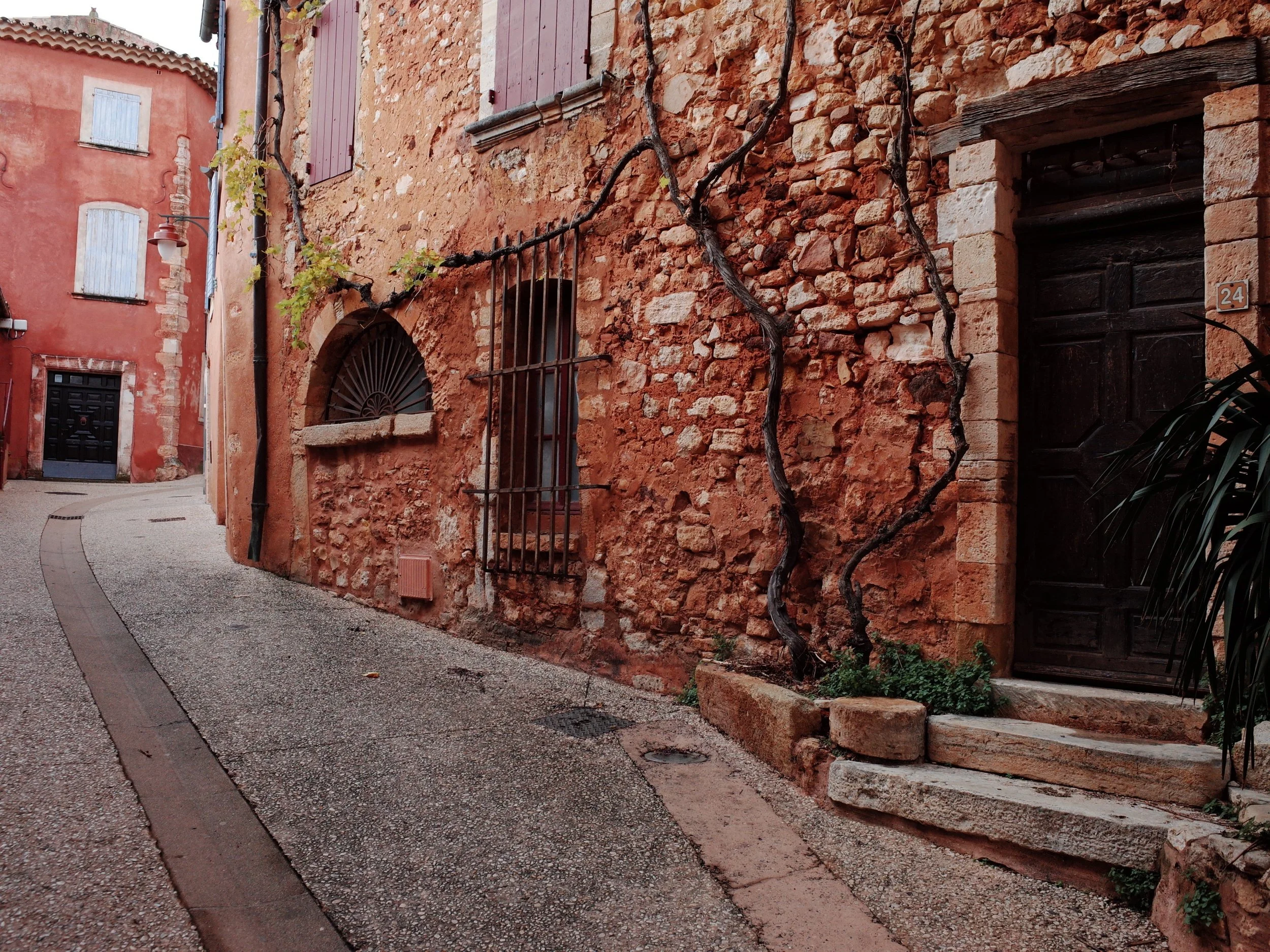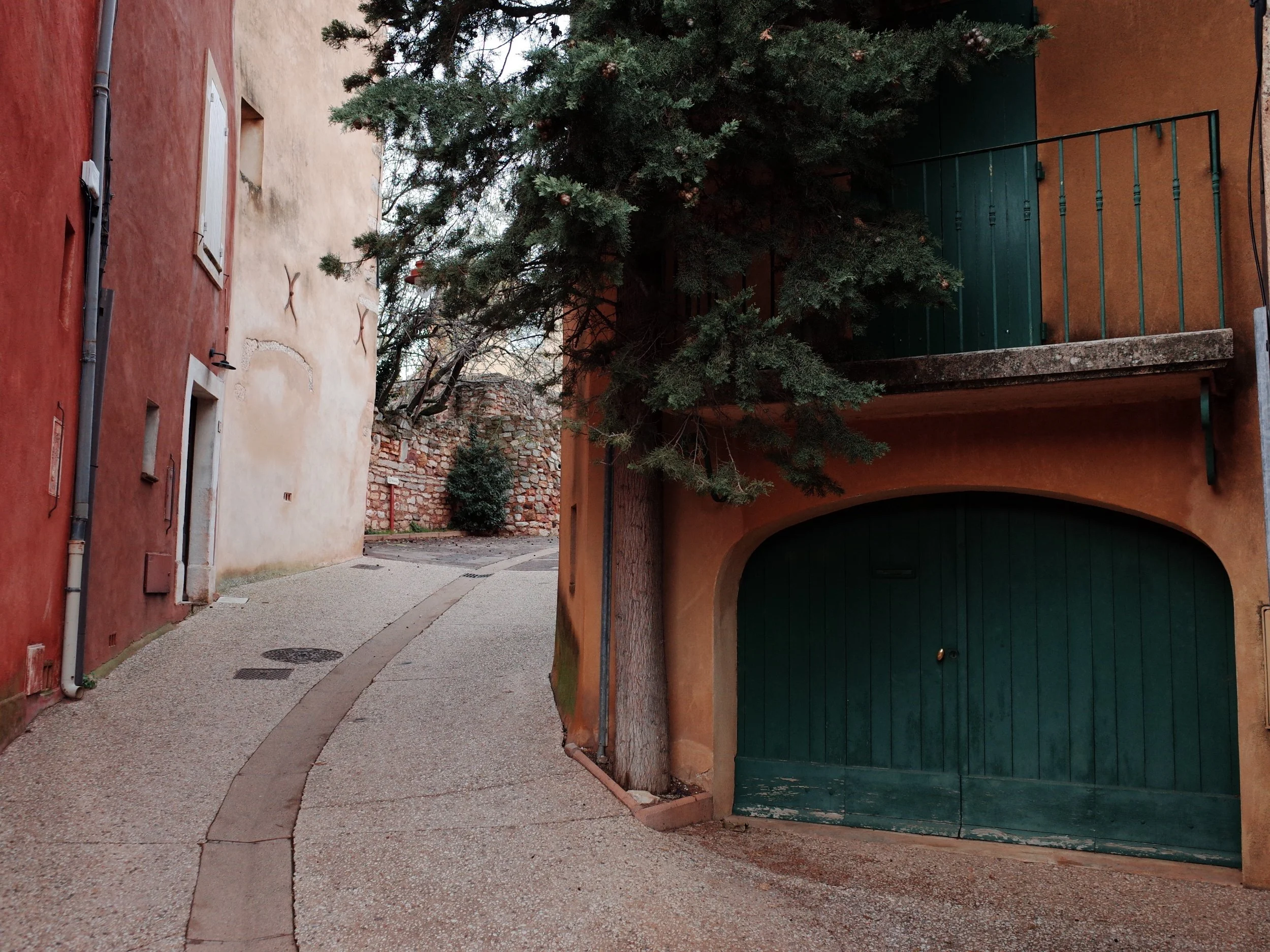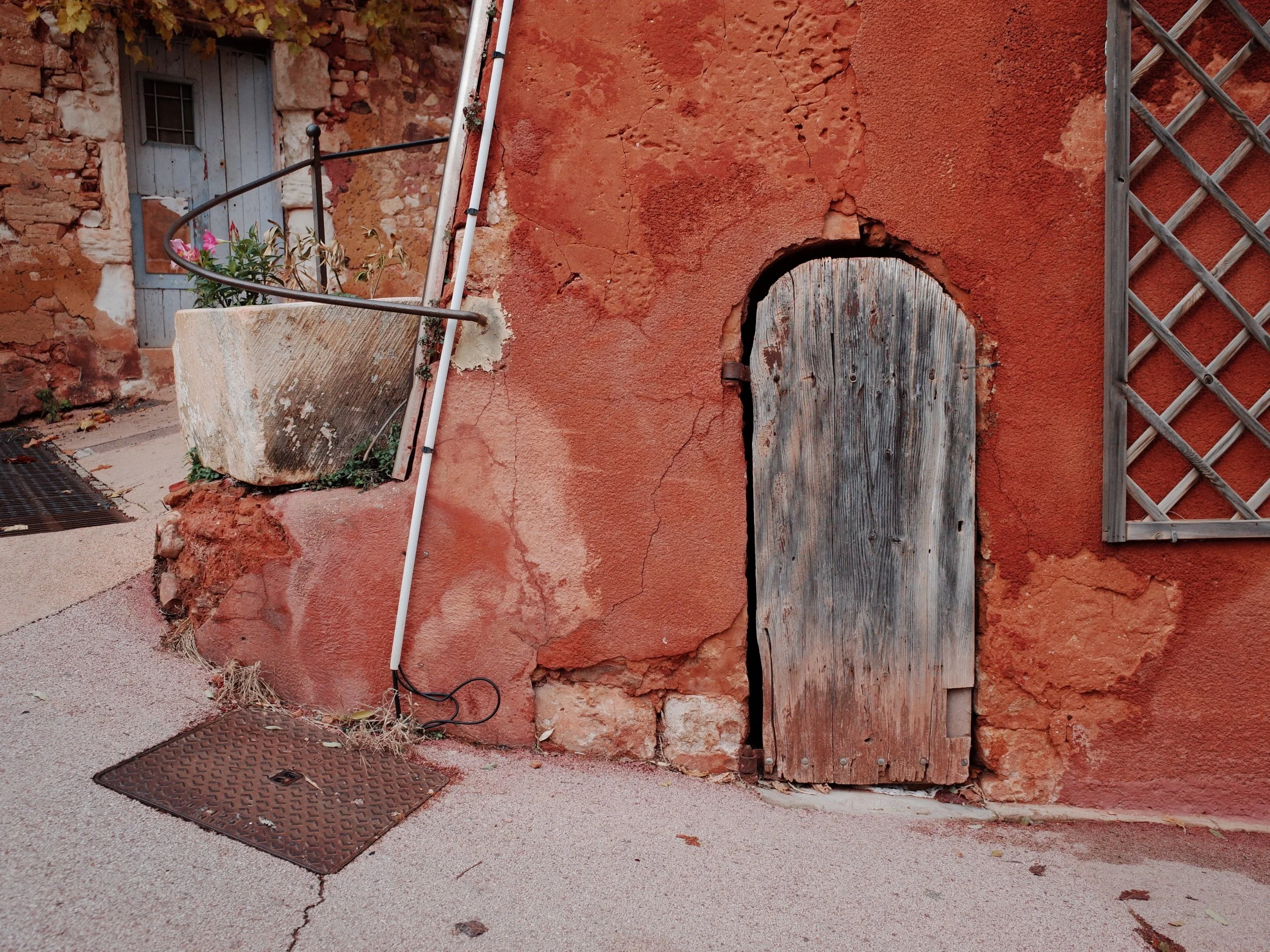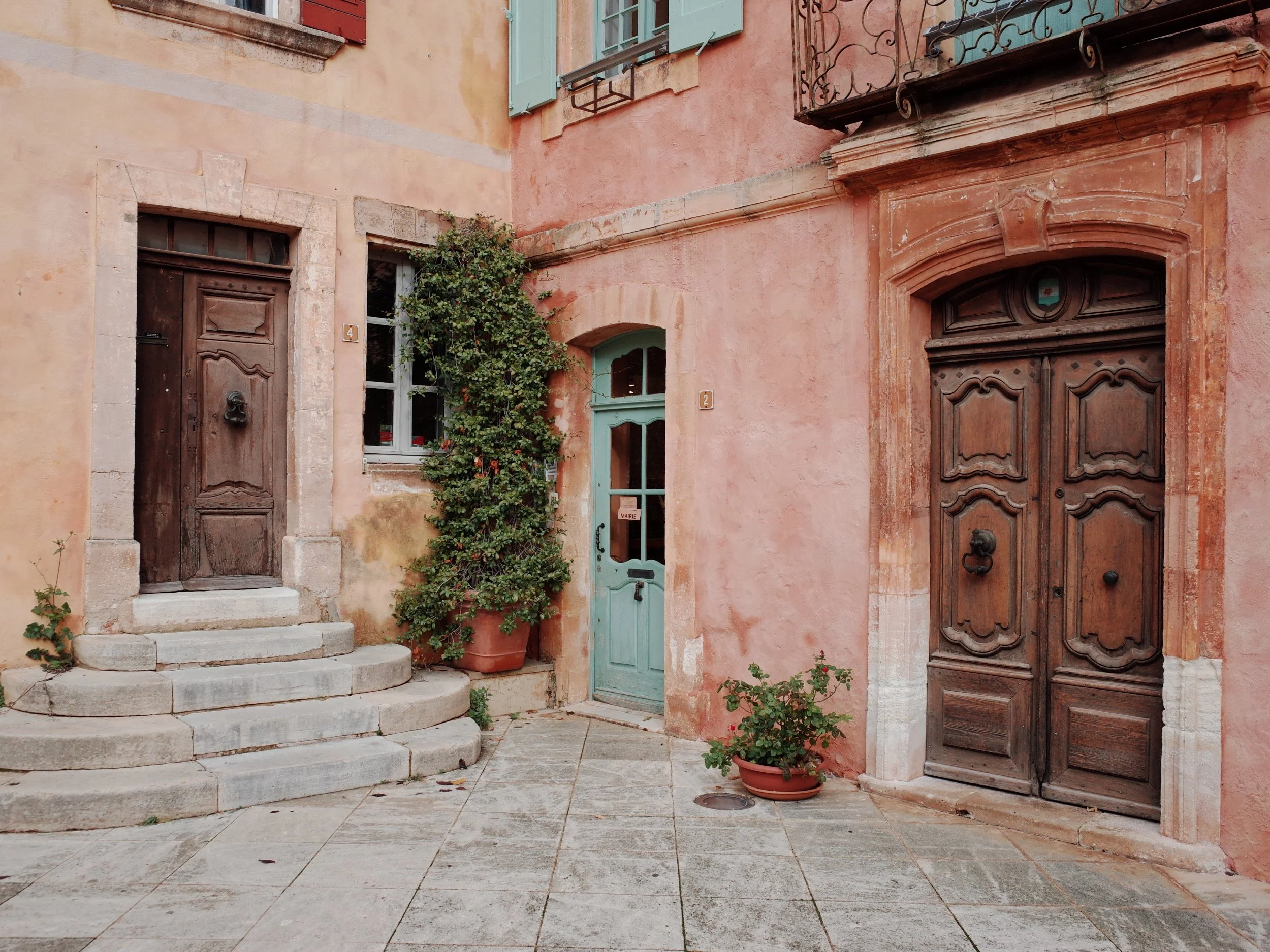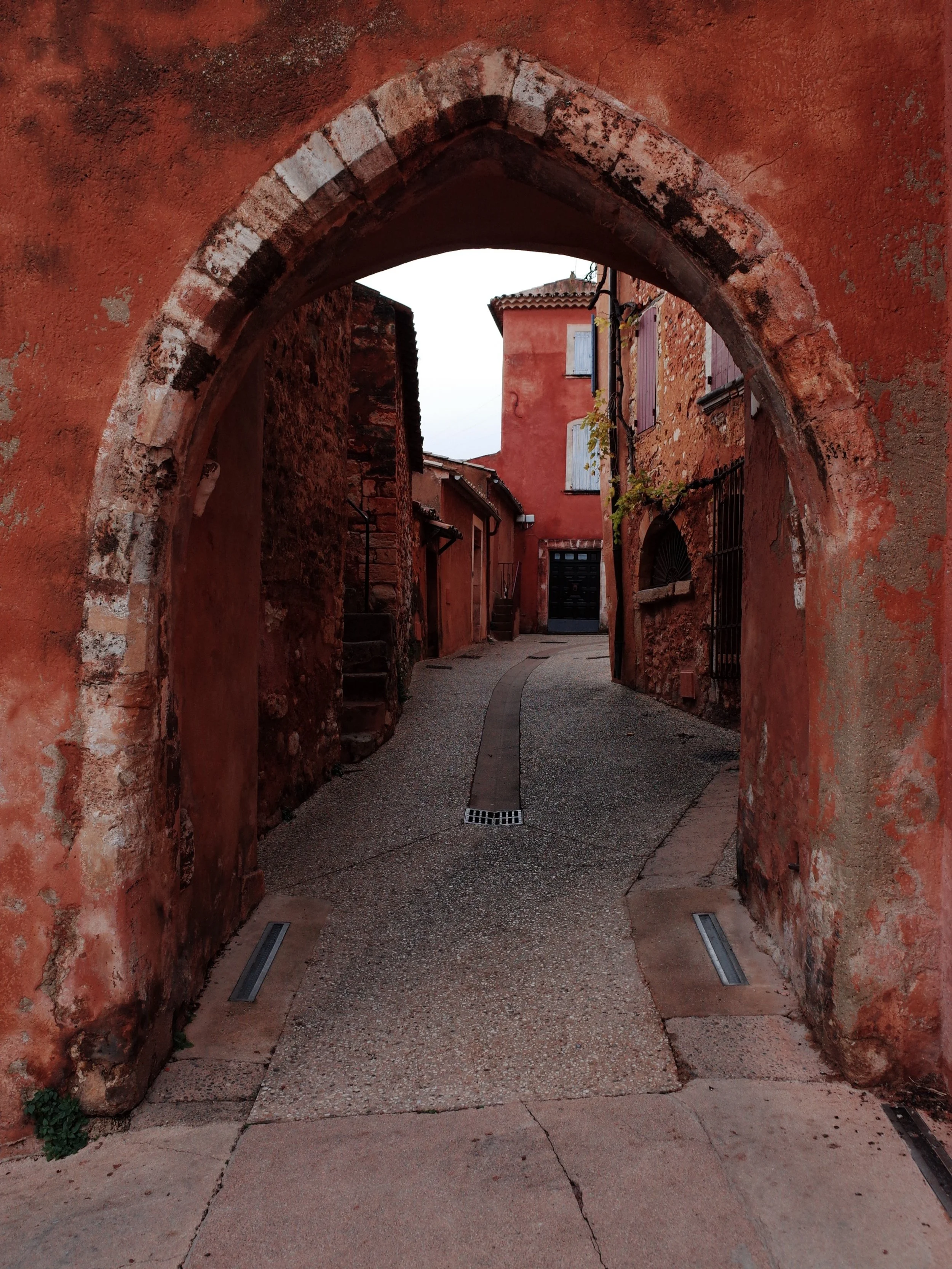Journal de Provence vol. 2
Rebonjour.
After touring the village and it's facilities the first day, we got together in Maison Basse and held a screening where we watched Jeunet's Amélie, a lovely contemporary film set in the Parisian hamlet of Monmartre. What a celebration of life (I think the French call it “joie de vie") with moving cinematography and immensely lovable characters. It was my first time watching this film and I only cried a little at the end. The film wrapped up late in the evening and we stepped outside into a dense blanket of fog, the streetlights of Lacoste cutting through the thick atmosphere from up above. After a restless night of little sleep, we set out on our first excursion the following morning.
A short van ride through bucolic countryside and we arrived at the commune of Oppède, consisting of two separate villages: Oppède-le-vieux seated against the Petit Luberon atop a hillside, and Oppède-les-Poulivets in the valley below, both dating back to the 12th century.
My friends and I meandered along a maintained garden path on the way to the village, stopping in a quiet cemetery and admiring the fall colors of a nearby olive grove. We walked through the revitalized town square filled with a few cafés and flower shops before ogling the quaint façades of residences adorned with lovely varieties of ornamental plants. We continued on to ascend cobbled pathways surrounded by medieval stone houses to the top of the hill to see the ruins of a castle alongside the cathedral Notre-Dame-Dalidon. The church was closed but we were afforded a glimpse inside through a rather large keyhole. Viewing these abandoned monuments framed against the regal Petit Luberon was quite a sight. After spending some time looking around and down at the community below, we returned to the van and continued to our next stop in the nearby village of Roussillon.
Like many other locales in the area, Roussillon's history begins in medieval times, with some records dating back to the 10th century. Many of the buildings are painted in beautiful warm pastel tones of red, orange, and pink to reflect what was formerly a bustling industry here-ochre mining. The disused quarry, known as Le Sentier des Ocres, is open to the public and we took a stroll through the actively eroding Martian landscape before heading into town.
I found myself admiring the quiet, contemplative air of the village and it's narrow picturesque streets. Again, I became infatuated by the lovely façades of the residences integrated with beautifully maintained green spaces. Many doors and shutters were painted lovely shades of blue with complemented the ocher; lace curtains reminiscent of doilies and table settings prevented my prying eyes from interrupting anyone's privacy. A few of us also stopped into the Eglise Saint-Michel, adorned with several ornate devotional objects and stained glass windows which partially illuminated the old wooden pews. I kneeled for a second to pray, and asked God for the safety of our class while travelling.
It was great luck to be visiting this time of year, out of sync with the many tourists who flock here during the summer to view one of France's most beautiful villages in full bloom. The red ocher was accented beautifully by the fall foliage and when the sun broke through the clouds, it was truly a sight. I was accompanied by several wandering alleycats and even a big friendly dog with a bell around it's neck for a portion of my walk.
As we neared four o' clock we gathered at the vans and headed back to Lacoste for another night of quality company at the Café de Sade. After a few glasses of white wine, we retired to a classroom with a piano inside for some games, tarot reading and general tomfoolery before preparing for our next excursion the following morning.
Merci d'avoir cherché, a bientôt.
Jacob
Oppède
Roussillon
